Common Equine Diseases and How to Prevent Them
Jul 01, 2025 | Super Equestrian
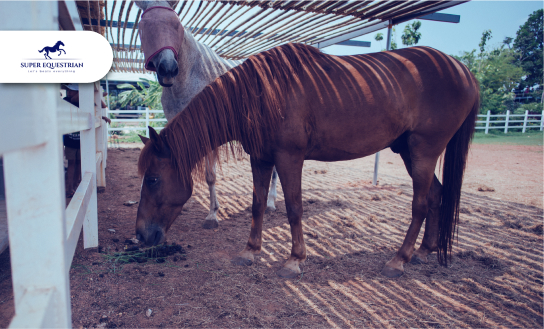
Caring for a horse isn’t merely a weekend hobby; it’s a full-time bond built on trust, mud, hay breath, and a whole lot of heart. So when your horse begins to act "off," it rattles not only your routine but also your soul.
Equine veterinary costs have increased by nearly 60% over the past decade. Between rising vet bills and fast-moving illnesses, even a minor health issue can turn into a financial and emotional storm. And the hardest part? Horses don’t always tell you something’s wrong, at least not in ways we always catch.
We’ll break down the top equine diseases you need to know, what they look like, how to stop them, and what could be hiding behind that subtle head toss or extra quiet day in the pasture...
1) Colic: The Silent Killer of the Gut
Colic is not a disease; rather, it is a warning sign of pain in your horse's abdomen. Sometimes it’s just gas. Other times, it’s a twisted gut that can go from mild discomfort to a life-threatening emergency in the blink of an eye.
However, colic is still the number one cause of death in horses, despite all our modern meds and management tools. It affects 10–15% of horses every year; that’s one in every ten horses you meet on the trail, in the barn, or at your next show.
A USDA study reported an incidence of 4.2 colic events per 100 horses annually.
Source: Florida Online Journals
While not every case is fatal, even minor colic can quickly escalate if not treated. And unfortunately, it doesn’t discriminate; any horse, at any age, can fall victim.
What Causes It?
Poor hydration, abrupt diet changes, stress, parasites, or even weather shifts can mess with the delicate digestive balance horses depend on. Their long and complicated GI system was not designed for stall life or grain-heavy diets, so it is up to us to keep things moving.
Smart Prevention Tips
Consistency is king when it comes to digestion. Here’s how to stack the odds in your horse’s favor:
- Stick to a predictable feeding schedule. Their gut thrives on routine, so avoid disrupting it unless absolutely necessary. Keep track of how much your horse eats per day.
- Make feed changes gradually. Give the microbiome time to adjust, especially when introducing grains or rich pasture.
- Keep fresh water available at all times. Dehydration is a fast track to impaction colic, especially in winter.
- Book regular dental checkups and deworming. Poor chewing and parasites are hidden saboteurs of gut health.
- Encourage turnout and movement. Motion helps digestion do its job. During weather swings or travel, mix in soaked hay pellets or a mash to help boost water intake.
2) Equine Influenza: When Breathing Becomes a Battle
%20Equine%20Influenza_%20When%20Breathing%20Becomes%20a%20Battle.jpg)
If one horse at the barn starts coughing, and by the next morning, three more are running fevers, chances are that it is equine influenza. It’s a highly contagious respiratory virus that doesn’t knock before entering.
Equine flu spreads through barns in under 48 hours, especially when horses aren’t consistently vaccinated. It’s airborne, meaning it can travel via coughing, shared airspace, or even your clothing.
“Equine flu outbreaks can spread through a stable in less than 48 hours, especially where vaccination is inconsistent.”
Source: World Organisation for Animal Health (WOAH)
The classic signs? Fever, a dry cough that won’t quit, nasal discharge, and fatigue. In young horses or those in heavy training, it can knock them out for weeks and recovery isn’t always smooth.
What Makes It So Dangerous?
It’s not just the speed. The equine flu virus mutates frequently (much like the human version), so immunity doesn’t last forever. And the more horses exposed, the more likely it is to evolve and come back stronger.
Barns with travel-heavy horses like show jumpers or racehorses are especially at risk. One unvaccinated horse returning from an event could be the spark that lights the whole barn on fire.
Prevention Tips That Actually Work
- Stay on top of vaccinations. Most vets recommend boosting every 6 months, especially for horses who travel or show.
- Quarantine new arrivals for at least 14 days. Even if they look healthy, trust me, the flu can hide during its incubation phase.
- Disinfect everything shared. Buckets, bits, brushes, and stalls can spread the virus from nose to nose.
- Limit nose-to-nose contact at shows. A friendly glance may seem harmless, but at a crowded clinic or expo, it’s risky business.
3) Strangles: The Horror of Quarantine
Strangles is more than just gross; it's a serious burn shutdown. This infection, caused by the bacterium Streptococcus equi, affects the lymph nodes in your horse's throat. Symptoms include painful abdominal cramps, thick nasal discharge, fever, and difficulty swallowing. And no, it’s not rare.
“Strangles affects up to 20% of horse populations in boarding or eventing environments.”
Source: ScienceDirect
Some horses show no symptoms at first but still shed bacteria. The meaning is that the “healthy-looking” gelding could be ground zero. Once one case pops up, it’s a race against time to isolate it.
How It Spreads
Strangles is the definition of a clingy disease. It travels fast via shared buckets, tack, handlers’ hands, or even clothing. If it’s touched horse snot, it’s contaminated. The bacteria can also linger in water troughs and on surfaces for days, especially in cool, damp weather.
Prevention Tips That Keep Your Barn Breathing Easy
- Quarantine is non-negotiable. New horses? Isolate them for a minimum of 2–3 weeks. Even better if you monitor daily temps during that window.
- Disinfect religiously. Buckets, halters, lead ropes, anything shared must be cleaned and rotated like it’s ICU equipment.
- Vaccinate if you’re high-risk. For barns that show, board, or host frequent traffic, vaccination might be worth discussing with your vet. It’s not perfect, but it can reduce severity and spread.
Some horses become long-term “carriers” even after recovering. Work with your vet to test and clear any horse before reintroducing it to the herd.
4) Equine Herpesvirus (EHV): a Sneaky Threat to the Brain
%20Equine%20Herpesvirus%20(EHV)_%20a%20Sneaky%20Threat%20to%20the%20Brain.jpg)
Equine Herpesvirus (EHV) is a deadly enemy in the equine world. The EHV-1 strain, in particular, can progress into Equine Herpes Myeloencephalopathy (EHM), a neurologic disease that may cause limb weakness, incontinence, and, in severe cases, death.
How It Spreads
EHV is highly contagious and spreads through:
- Direct contact: Nose-to-nose interactions between horses.
- Indirect contact: Contaminated equipment like water/feed buckets, tack, grooming supplies, and even human hands or clothing.
- Airborne transmission: Respiratory secretions within stalls and stables.
- Reproductive secretions: Particularly relevant for EHV-3.
Prevention Tips
- Vaccination: While vaccines are available to prevent the forms of EHV, they are not effective against the neurologic form (EHM). Regular vaccination is strongly recommended, especially in breeding operations.
- Isolation: New or returning horses should be isolated for at least 21 days. Monitor them for signs of disease during this period. Pregnant mares with foals should be kept in small groups away from new or returning horses.
- Hygiene and Biosecurity: Regularly clean and disinfect all water/feed buckets, mucking equipment, tack, and other equipment. Avoid sharing or borrowing tack or equipment at shows, events, or boarding facilities.
- Monitoring: Keep a log of all horses that have had contact with any new or returning horses, especially during outbreaks.
5) Laminitis: When Every Step Is Suffering
Laminitis is a full-blown crisis inside your horse’s foot. The delicate tissues connecting the hoof wall to the bone get inflamed, painful, and sometimes damaged beyond repair.
EHV is highly contagious and spreads fast; there it is important to recognize and treat laminitis in horses. Some effective prevention tips:
- Weight Control: Keep your horse fit and avoid letting them pack on pounds.
- Pasture Management: Lush, rich grass is delicious but can be dangerous.Limit grazing on high-sugar pastures.
- Watch the Endocrine System: Regular vet checks to monitor insulin levels and signs of EMS or PPID can catch trouble early.
- Farrier Care: Routine hoof trims keep everything aligned and reduce stress on sensitive tissues.
- Diet Discipline: Cut back on grain and sugary treats that can spike insulin and worsen laminitis risk.
6) Tetanus: The Preventable Killer
%20Tetanus_%20The%20Preventable%20Killer.jpg)
Tetanus might sound old-school, but it’s still a ruthless foe lurking in soil and manure everywhere. That tiny puncture wound or deep cut? It’s an open invitation to Clostridium tetani, the bacterium behind tetanus.
Once inside, it releases toxins that cause muscle stiffness, painful spasms, and, in many cases, a fatal outcome. Here’s what you can do to prevent them:
- Stay Vaccinated: Keep those tetanus shots current with yearly boosters. No exceptions.
- Wound Care: Clean any cuts or punctures immediately and thoroughly; don’t give the bacteria a chance.
- Safe Turnout: Avoid areas with rusty metal or debris that could cause injuries.
- Emergency Measures: If you’re unsure about your horse’s vaccination status after an injury, get a tetanus antitoxin into them ASAP.
Investing in hygienic equine stable management benefits both your horse's health and your wallet. Your horse deserves your care and avoiding costly emergency treatments.
Final Thoughts: Healthy Horse, Happy Heart
No one’s asking you to become a walking vet manual. But when you understand the red flags and stick to a smart prevention plan, you’re doing more than just “owning” a horse; you’re showing up for them in the best way possible. They rely on us to notice the subtle shifts: a missed meal, a weird step, a tired look in the eye. And when we catch those clues early, we tip the odds in their favor.
In the end, the healthiest horses have humans who show up, ask questions, and never stop learning. Keep up with Super Equestrian for equine insights and have every happy ride home.
Recent Blogs

Common Equine Diseases and How ...
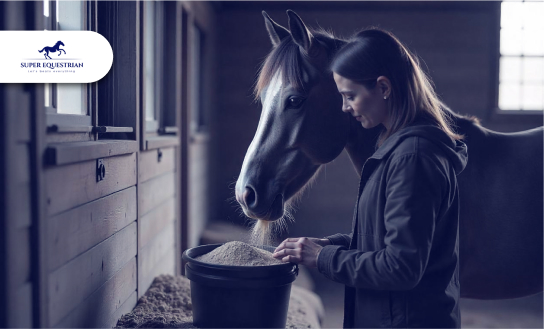
Equine Health Supplements: What Every ...
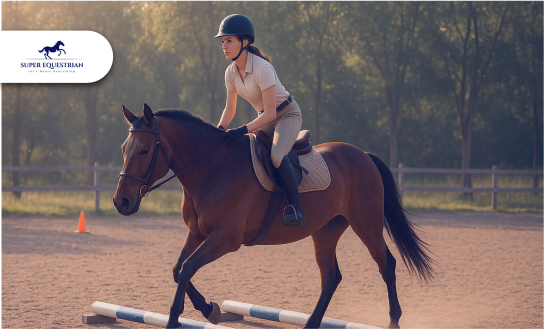
Jumping Basics: How to Prepare ...
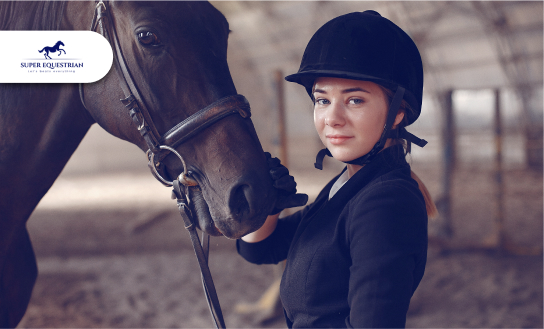
Essential Horse Riding Gear for ...
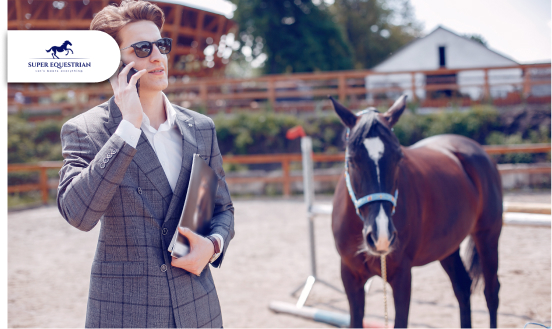
How to Balance Work, Life, ...

How to Balance Work, Life, ...
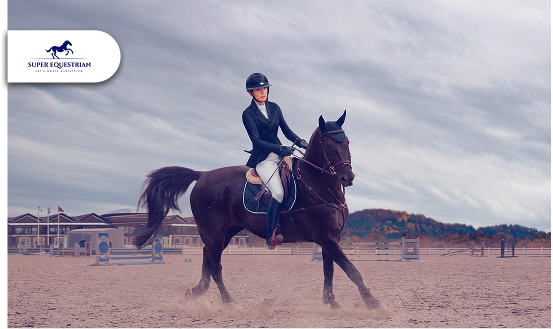
Top 5 Exercises to Improve ...
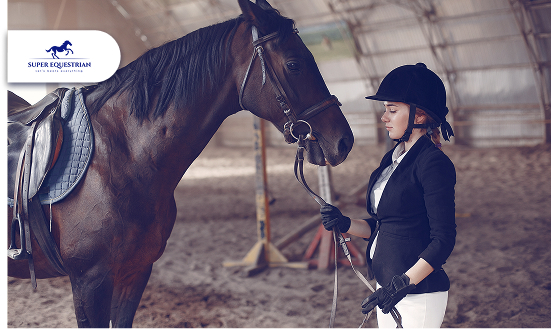
How to Build Confidence as ...
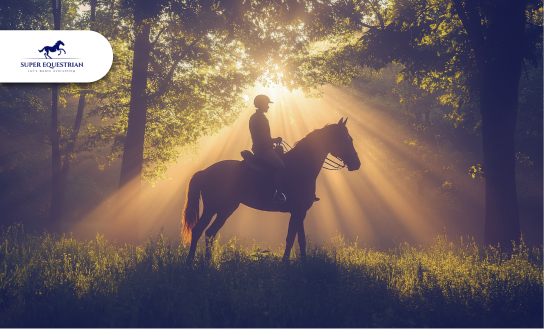
Spotlight on Equestrian Legends: Riders ...

Horse Auctions and Sales...

Top Horse Friendly Travel Destinations ...

How to Build Stronger Bonds ...

Upcoming Horse Shows and Competitions ...

MIPS Equestrian Helmet The Future ...
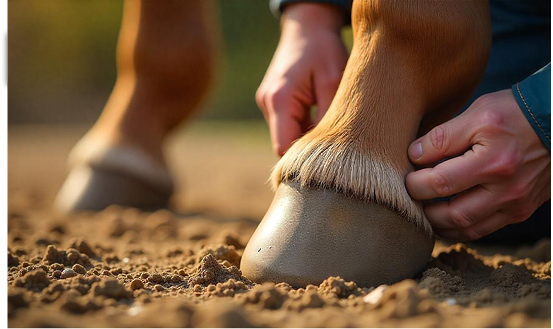
How to Recognize and Treat ...
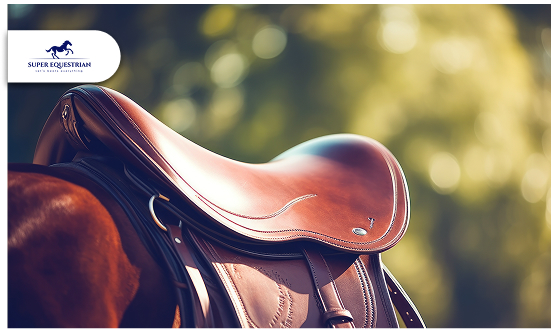
How to Choose the Perfect ...
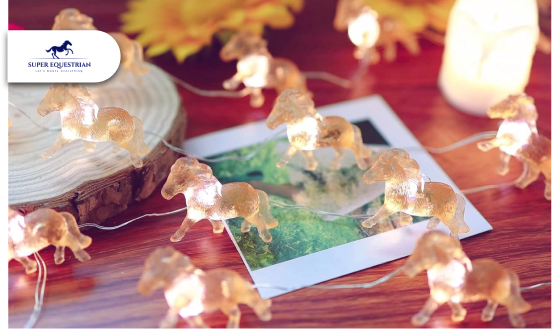
Horse-Themed Gifts Unique Ideas ...
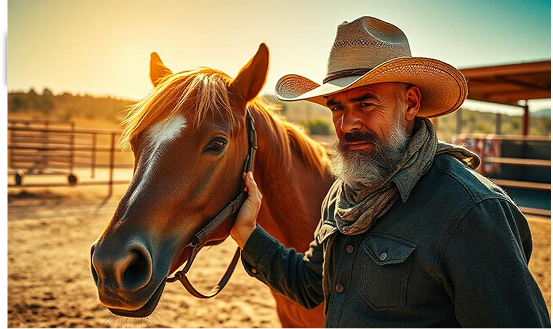
Horse Training Techniques: Creating A ...
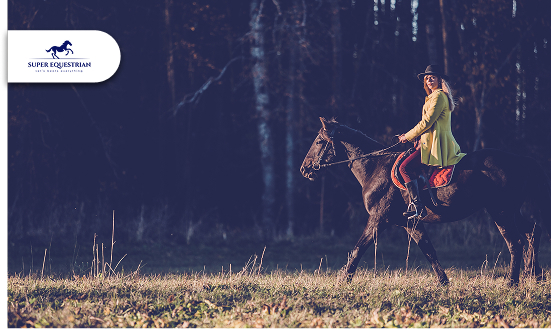
Horseback Riding Lessons – Everything You ...
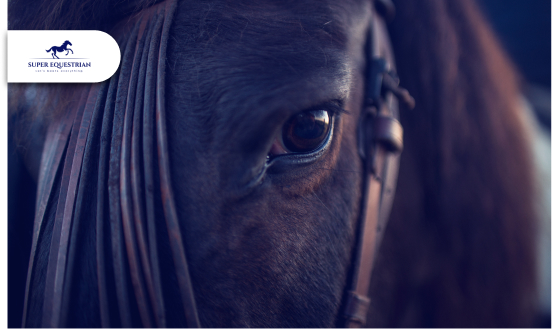
Horse Photography Tips: Learn the ...

Horse Stable Management: The Quiet ...
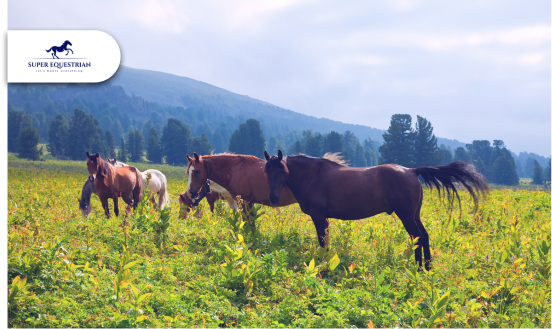
Horse Rescue Organizations: A Profound ...
Horse Racing Events A Look ...
Best Horse Manure Fork Six ...
What Are The Rarest Horses ...
What Does It Mean When ...
Horse Insurance Providers This Is ...

Horse Behaviour and Psychology: Learn ...

How Much Does a Horse ...
.jpg)
Best Monoflap Saddles For Your ...
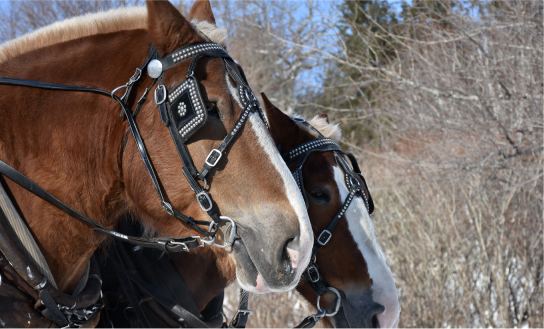
Best Hackamore For Barrel Racing...
.jpg)
Best Barrel Racing Reins Top ...
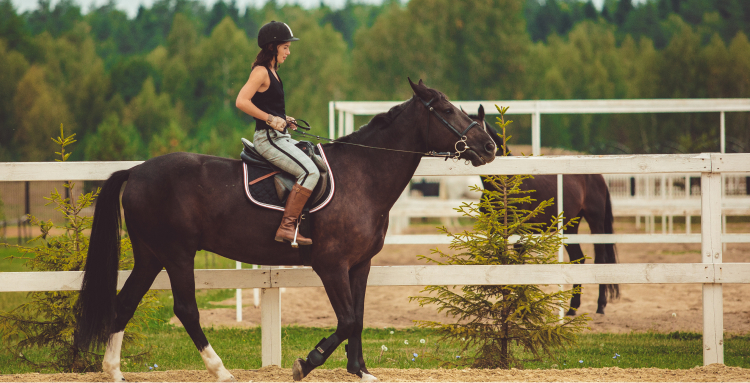
Horse Anatomy And Physiology: Facts ...
.jpg)
Best Stirrups For Ankle Pain - ...
.jpg)
Horse Care Tips and Tricks: ...
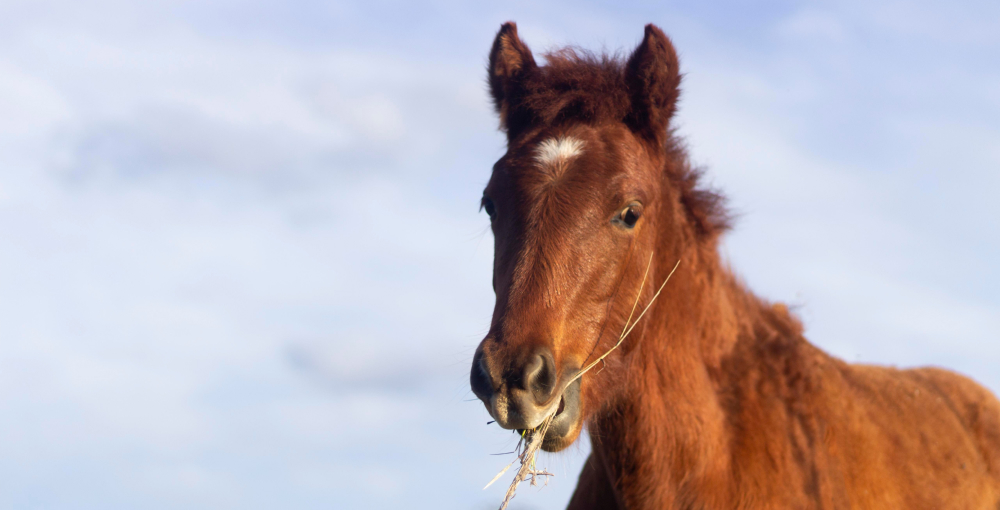
What Do Wild Horses Eat- ...
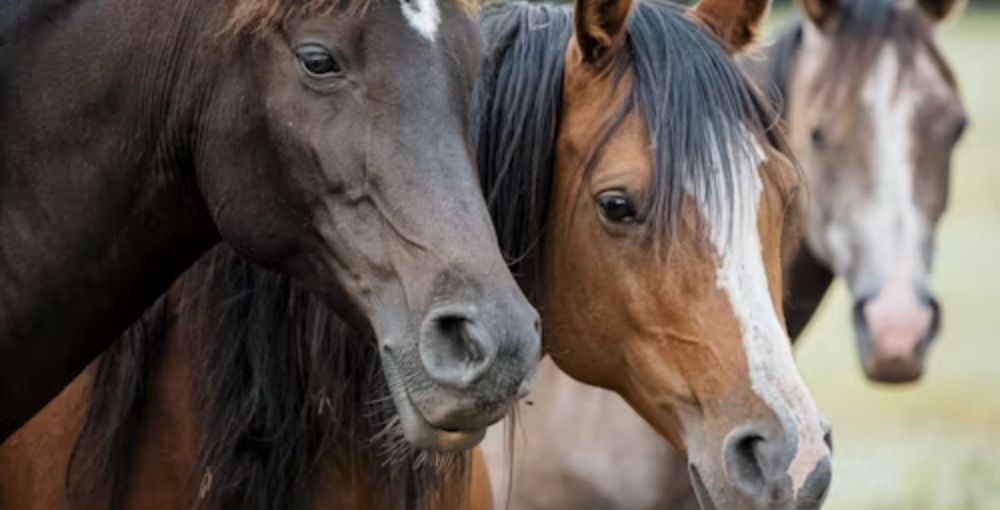
Horse Breeds and Characteristics: How ...
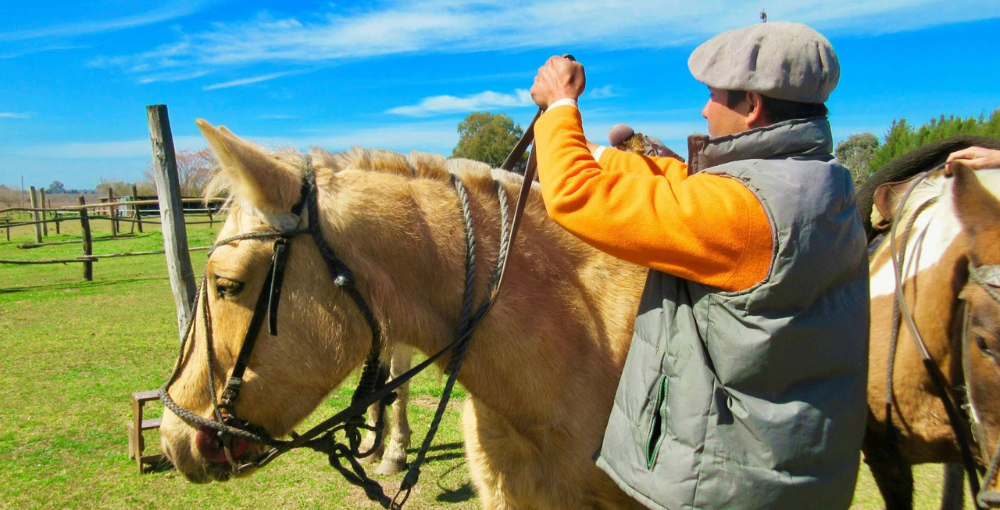
Best Barrel Racing Reins - Top ...

Horse Breeds and Characteristics: How ...
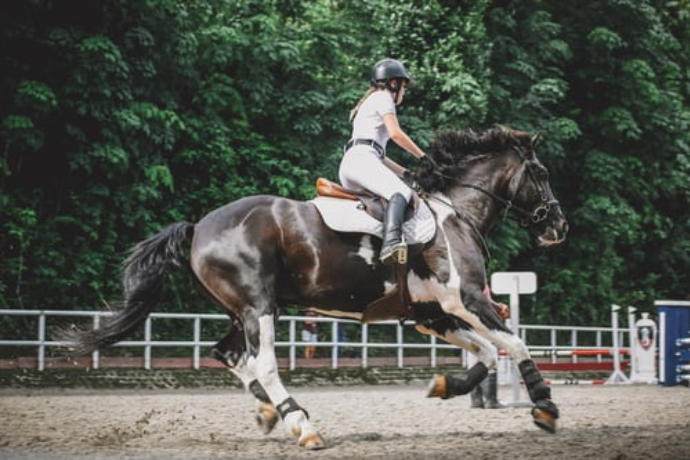
Best Breeches For Curvy Riders...
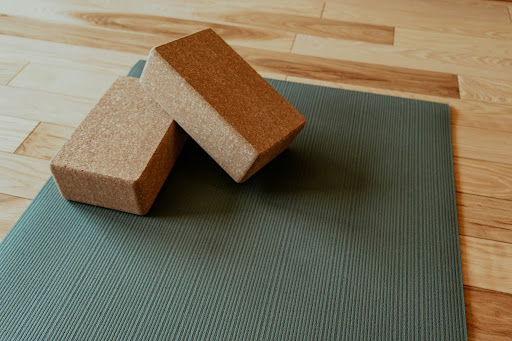
Best Stall Mats For Horses - ...

Best Horse Brushes ( A Thread ...

Best Saddle Rack ( Keep Your ...

Best Bit For Training a ...
.jpg)
10 Morgan Horse Show Held ...

Is Mason Sand Or Concrete ...
.jpg)
Best Girth For Your Horse ...
.jpg)
Ranch Cutter vs Cowhorse Saddle? ...
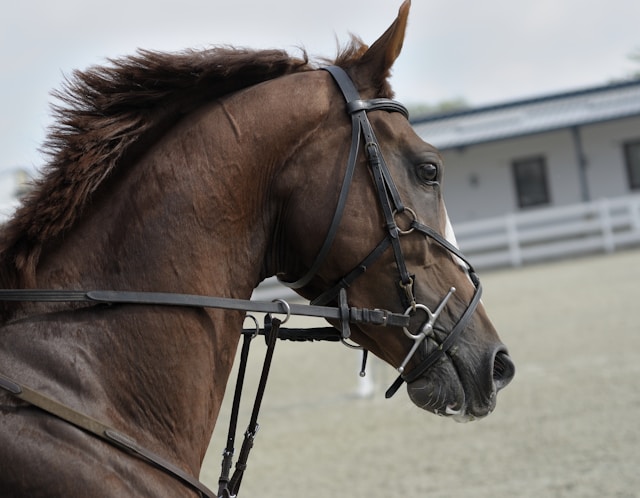
Types of Horse Bit and ...
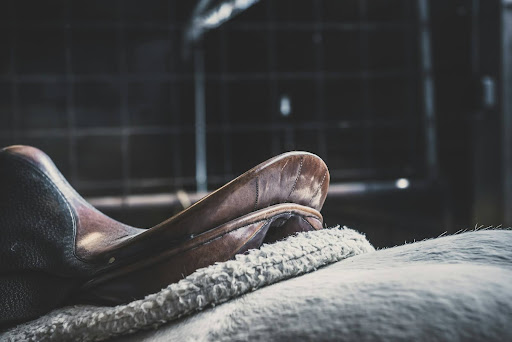
Is Hilason a Good Saddle ...
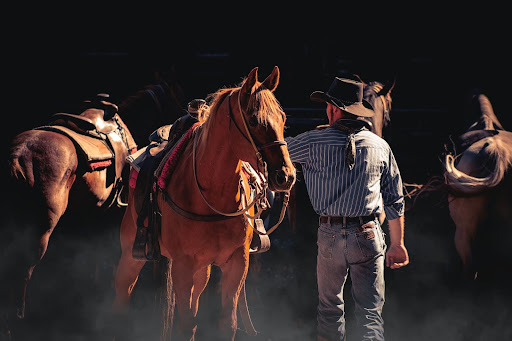
How to choose a bit ...
.jpg)
Best Salt Blocks For Horses...
.jpg)
Types of Horse Brushes (Equine ...
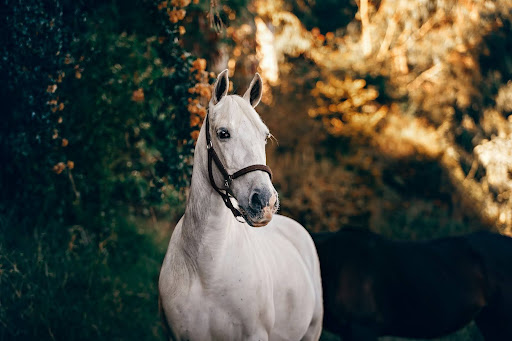
How To Get a Horse ...
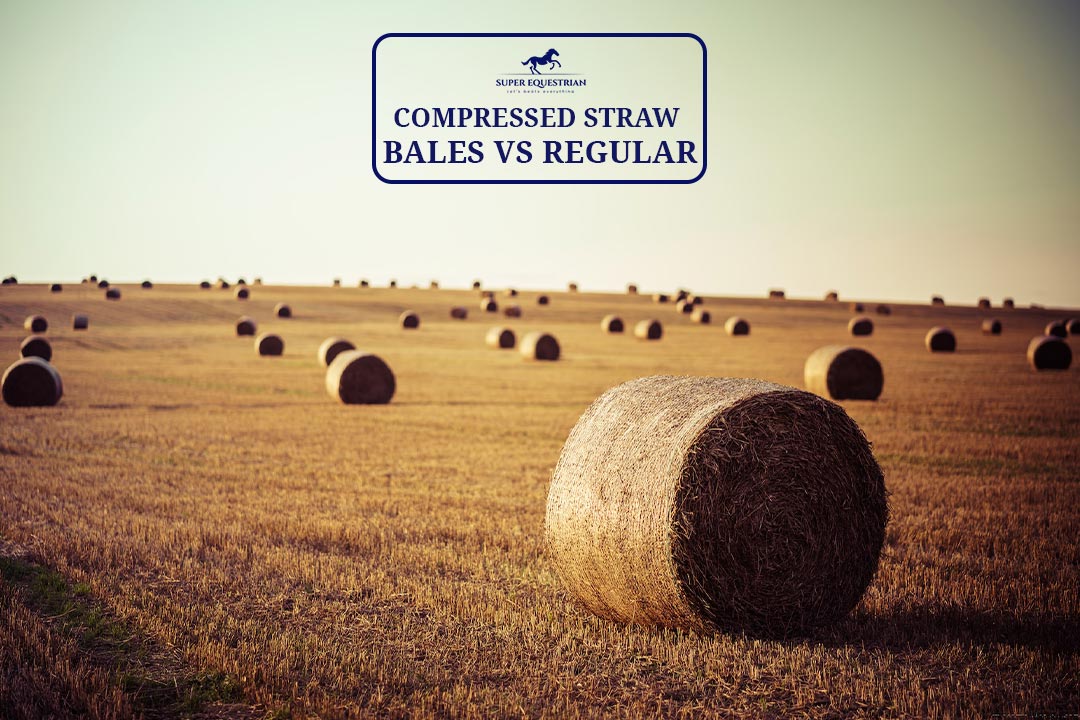
Compressed Straw Bales Vs Regular? ...
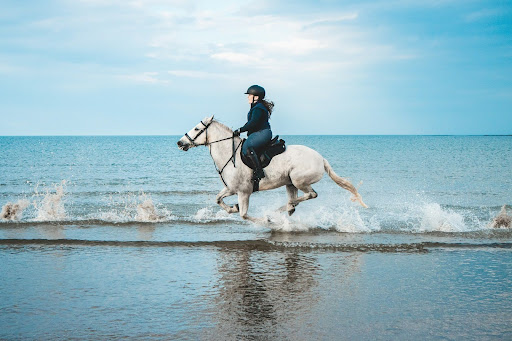
Horse Riding Lessons For Intermediate ...
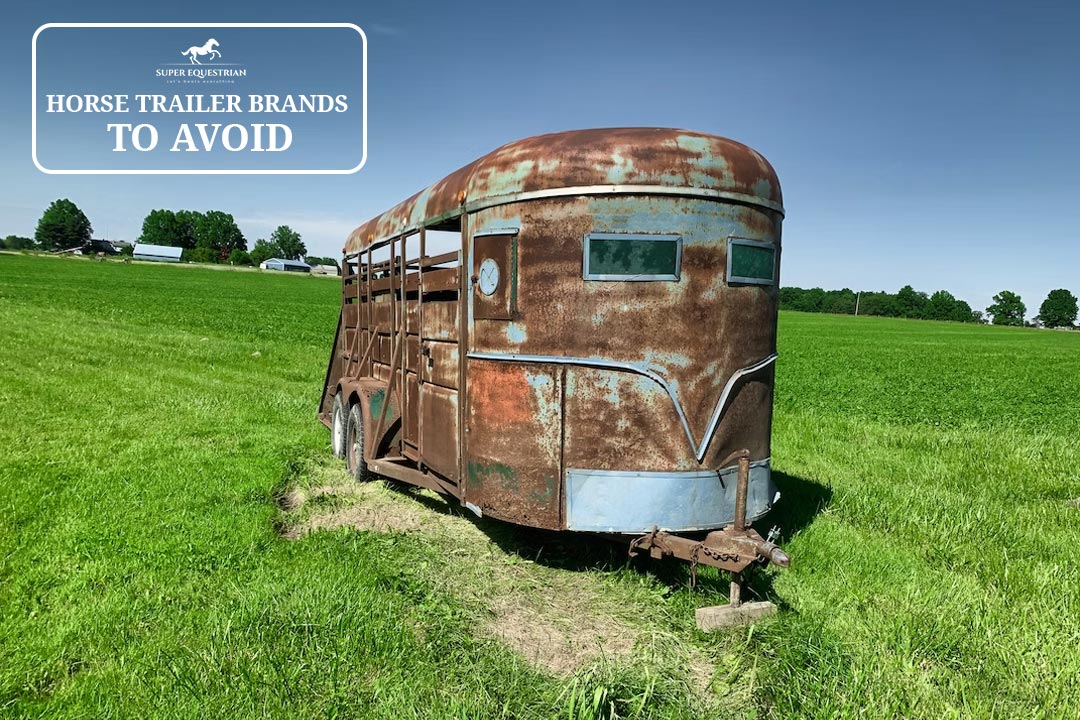
Horse Trailer Brands To Avoid...

Strawberry Roan vs Red Roan? ...
.jpg)
Gelding vs Stallion...
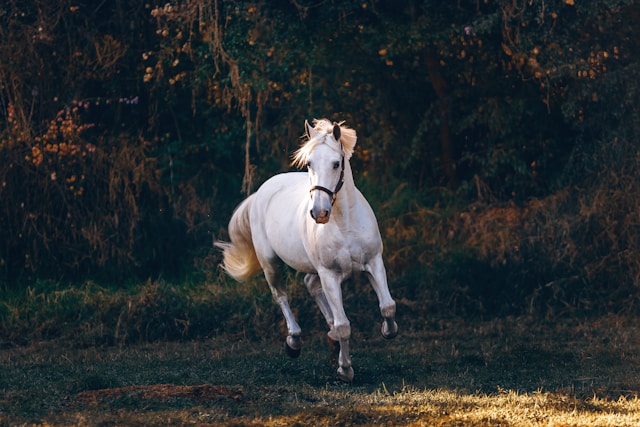
Why Does a Horse Whinny? ...
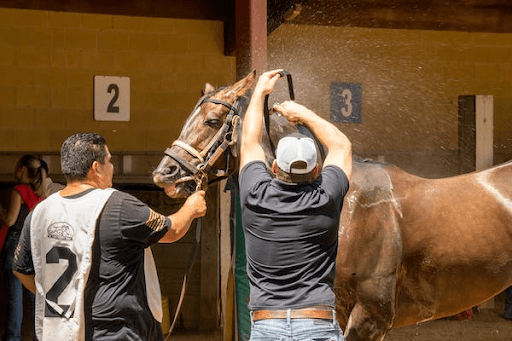
How to Clean a Rusty ...
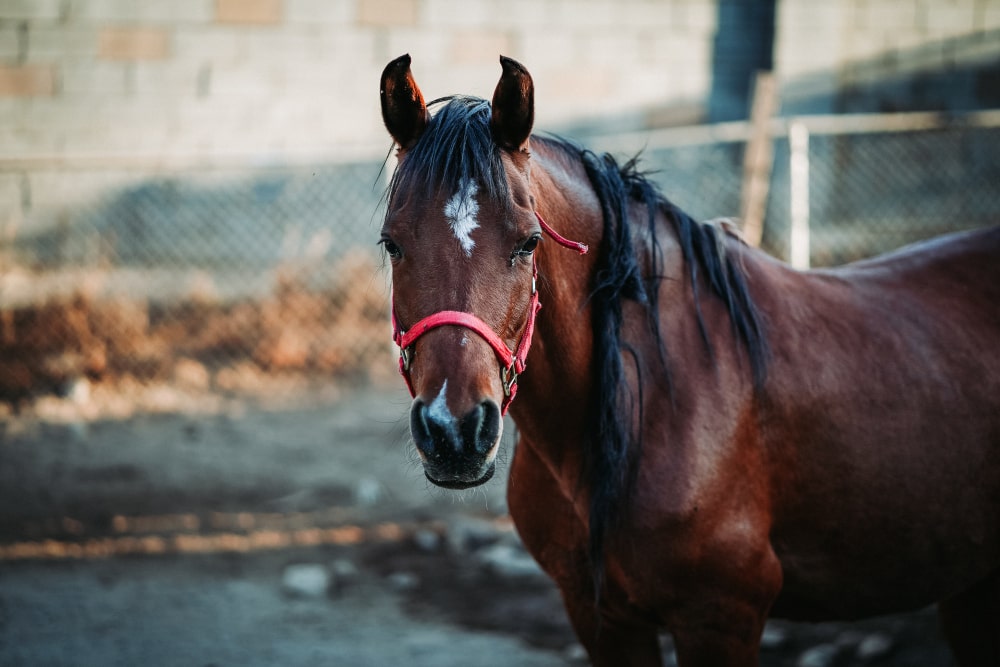
Why Do Horses Foam at ...
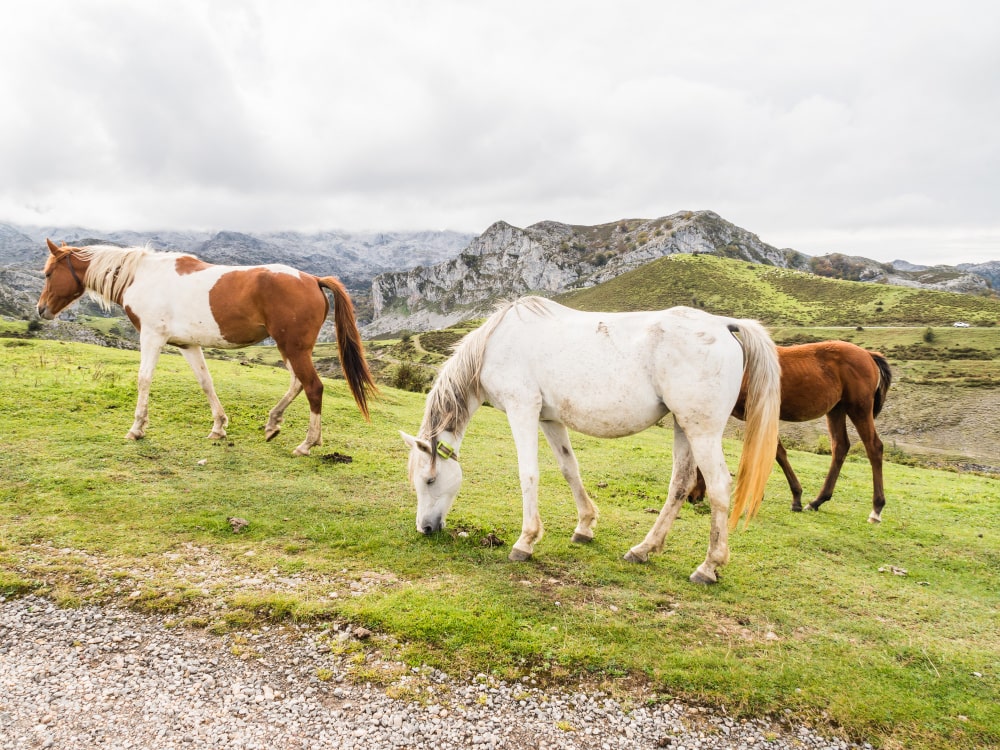
Why Do Horses Bob Their ...

Nutrition Unveiled: Triple Crown Senior ...
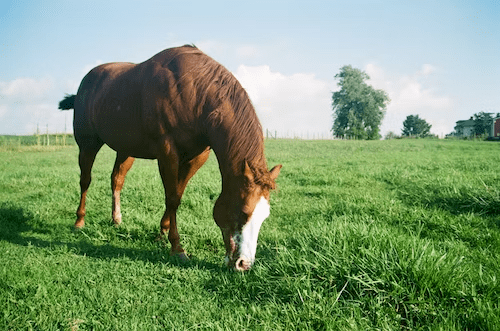
Pasture Pro Vs. Grazon: Horse-...
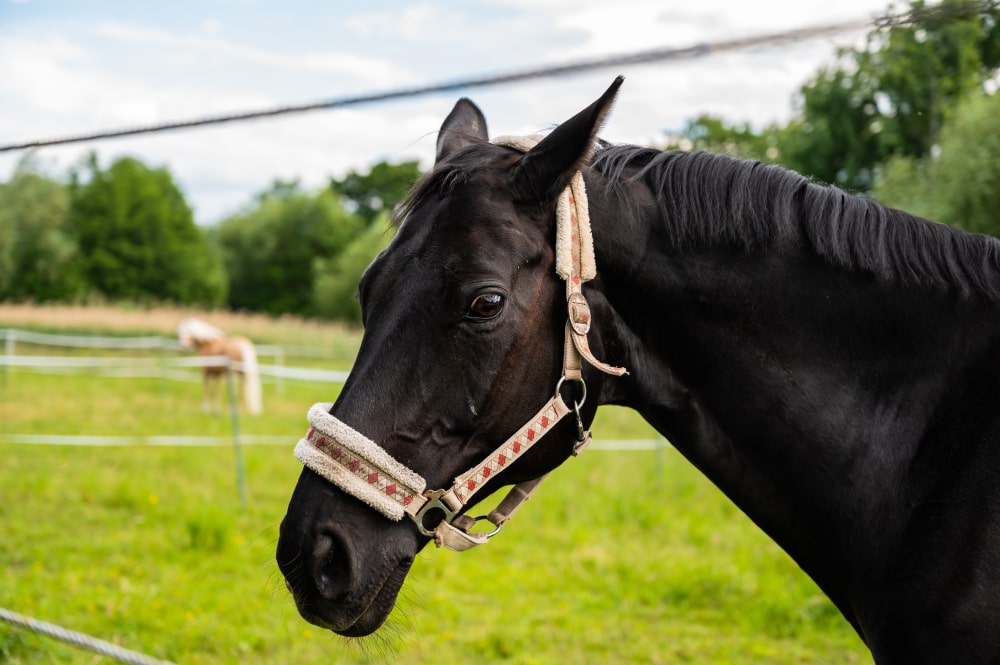
Dutch Gag Vs. Pelham: Bits ...
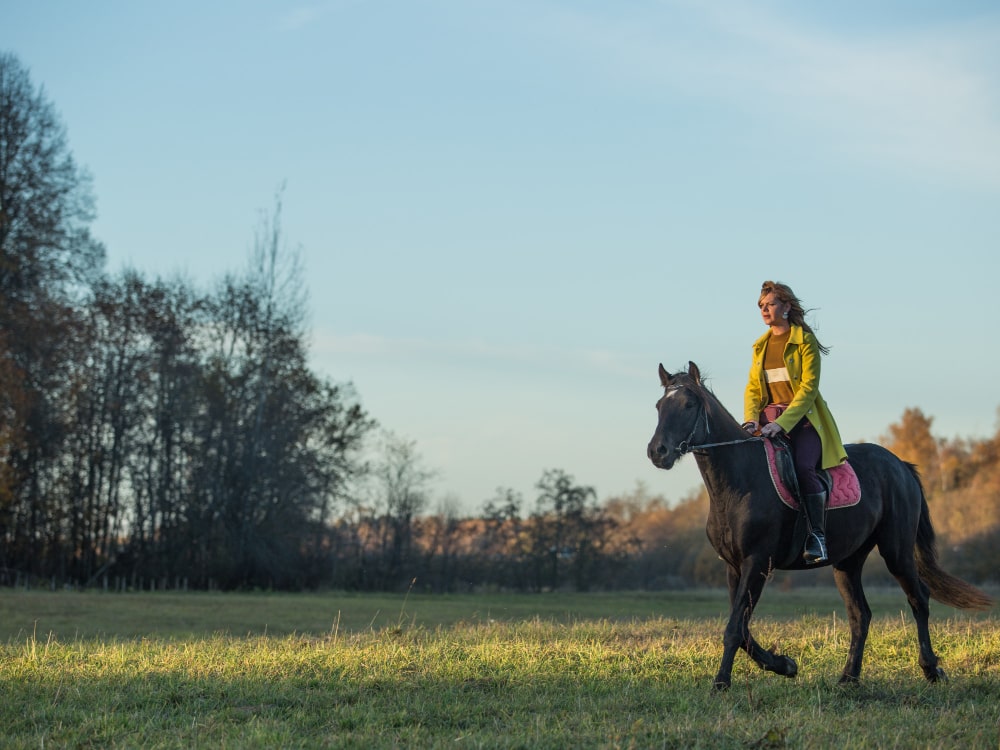
Walking Horse vs Racking Horse: ...
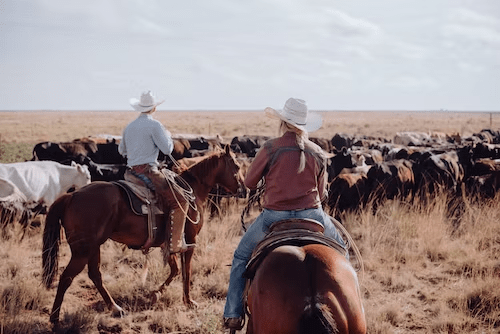
Wade vs Association Saddle: Your ...
.jpg)
Step Up vs Ramp Horse ...

Bosal vs Hackamore: A Head-...
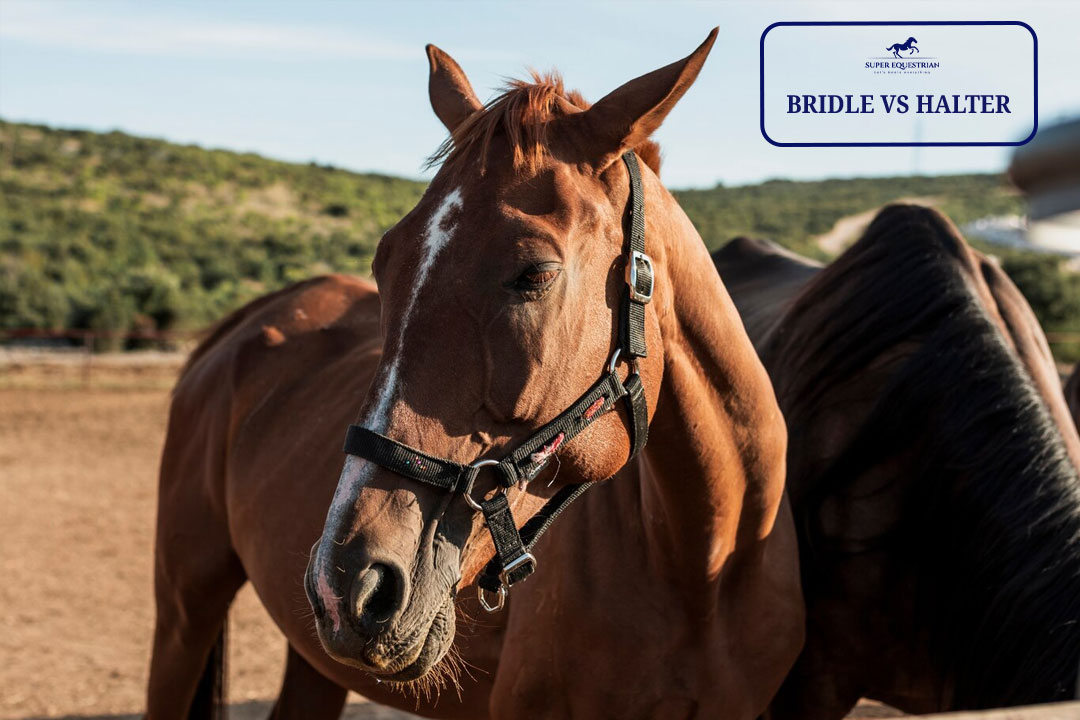
Bridle Vs Halter: Which One ...

Paddock Boots Vs Riding Boots: ...

Shadow Horse Trailer Problems: Causes, ...
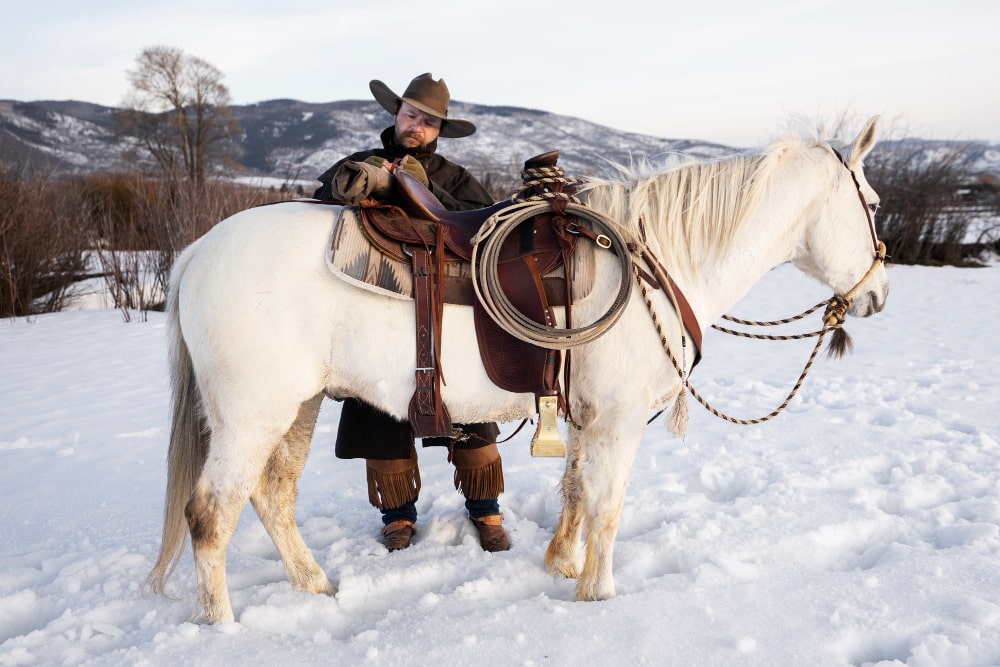
Are Billy Cook Saddles Good - ...

Let's Start at the ...
Benefits of Beet Pulp for ...
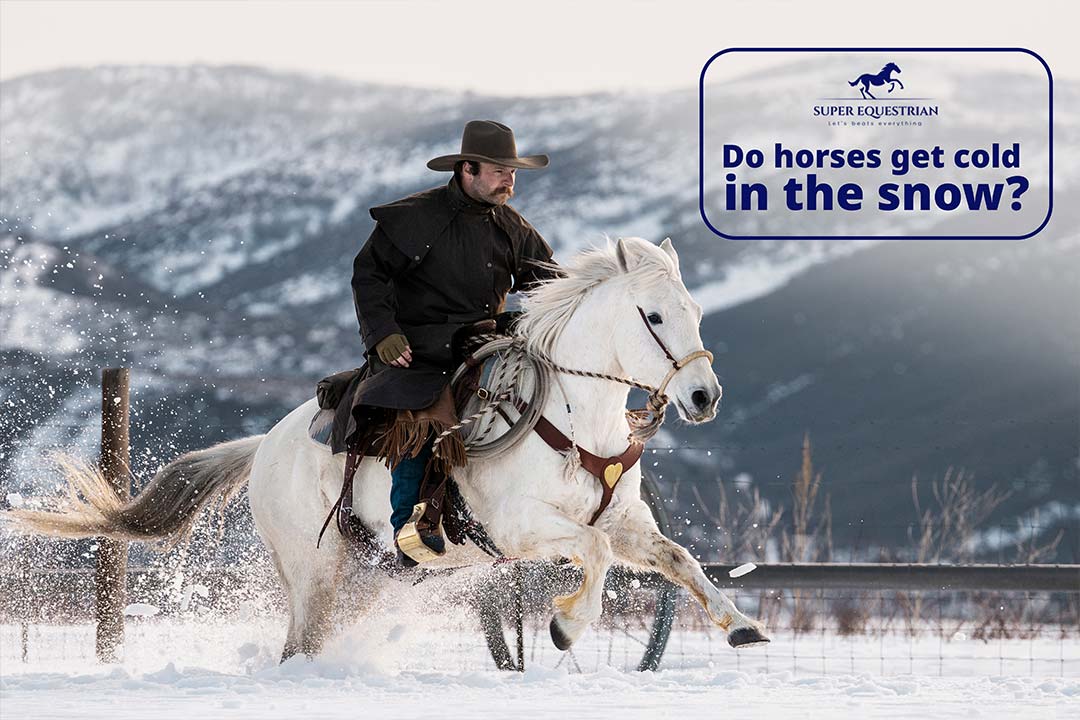
Do horses get cold in ...
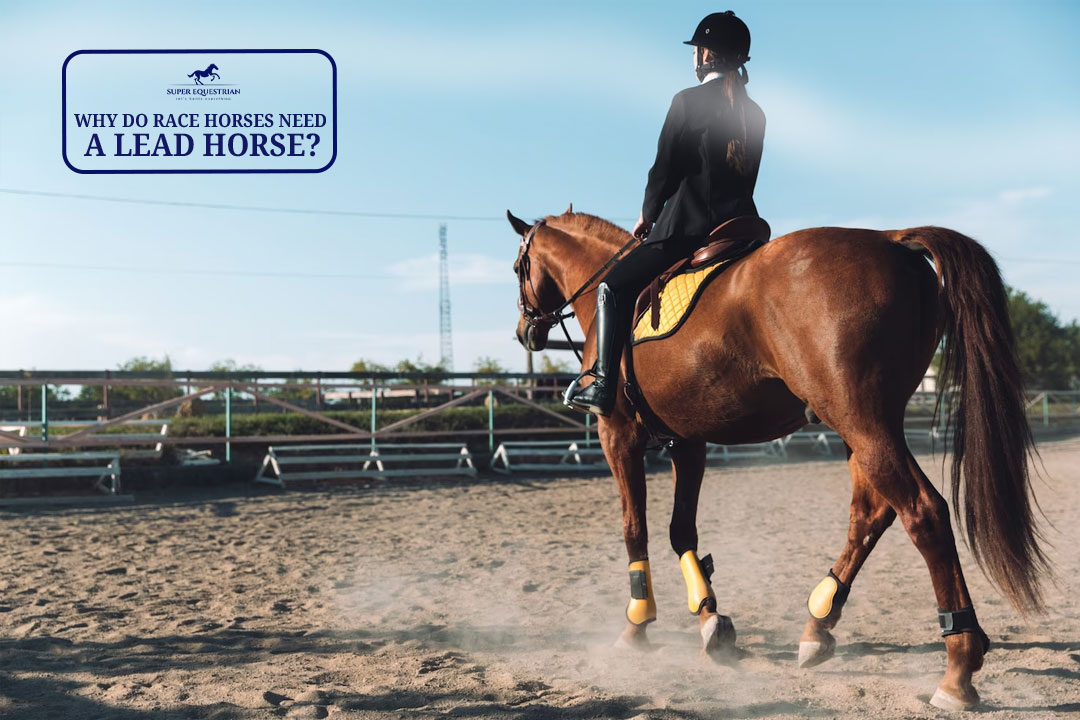
Why Do Race Horses Need ...
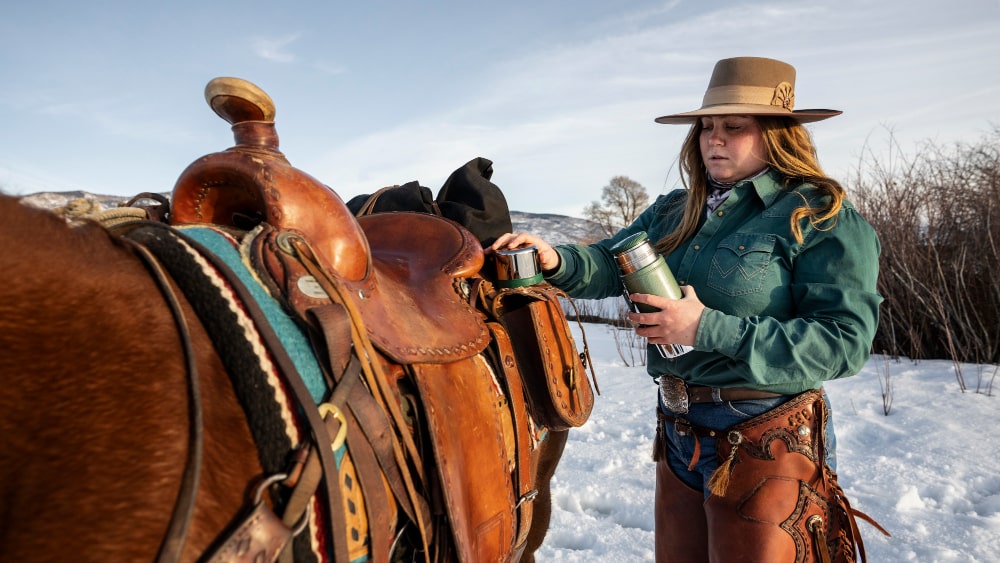
Ranch Saddle vs. Roping Saddle: ...

Round Pen vs Square Pen ...

Must Have Horse Trailer Accessories: ...
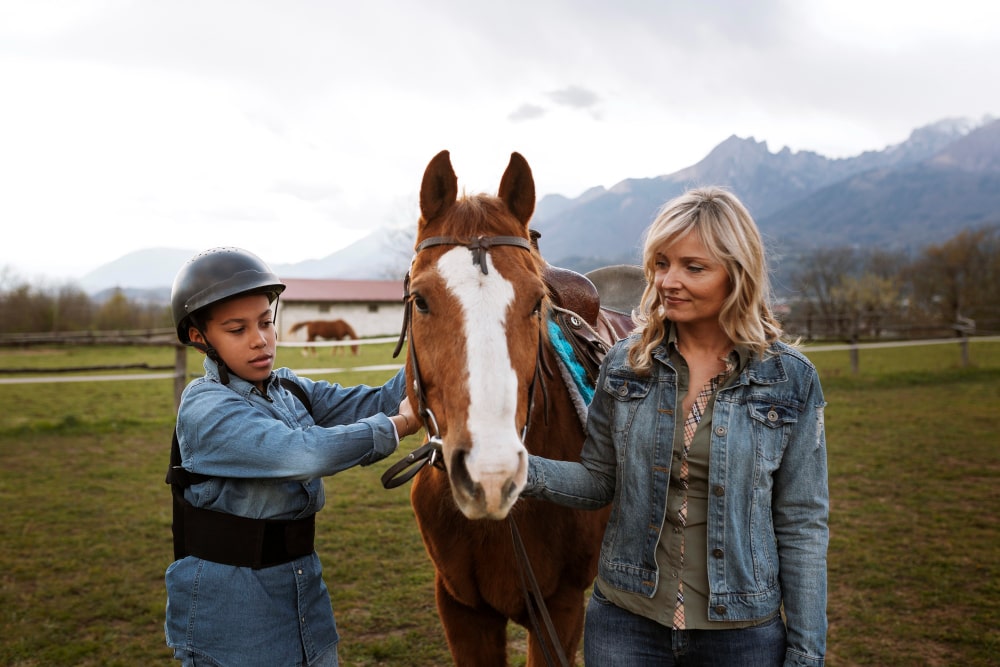
Is MIPS Worth for Equestrian?...
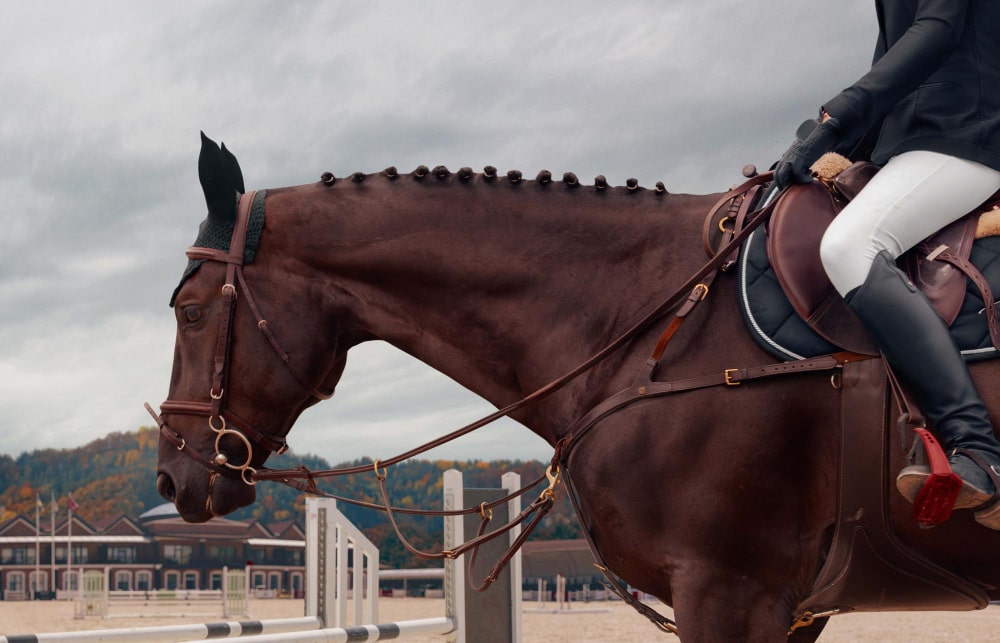
Natural Horsemanship vs Positive Reinforcement: ...

How to Mount a Horse ...
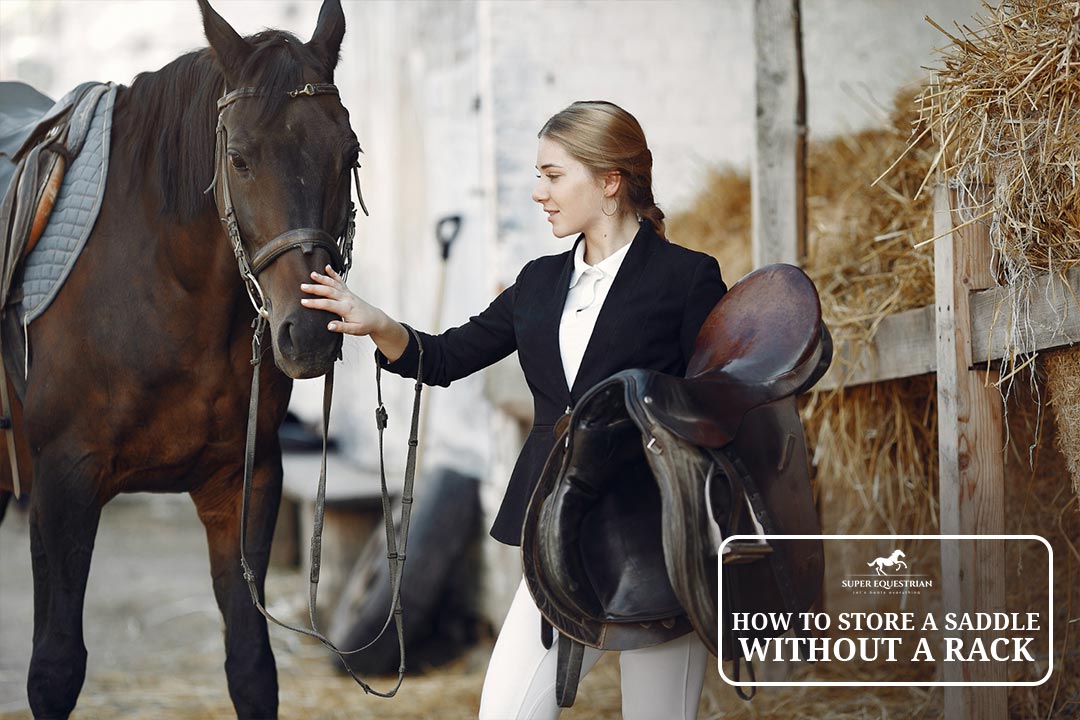
How to Store a Saddle ...
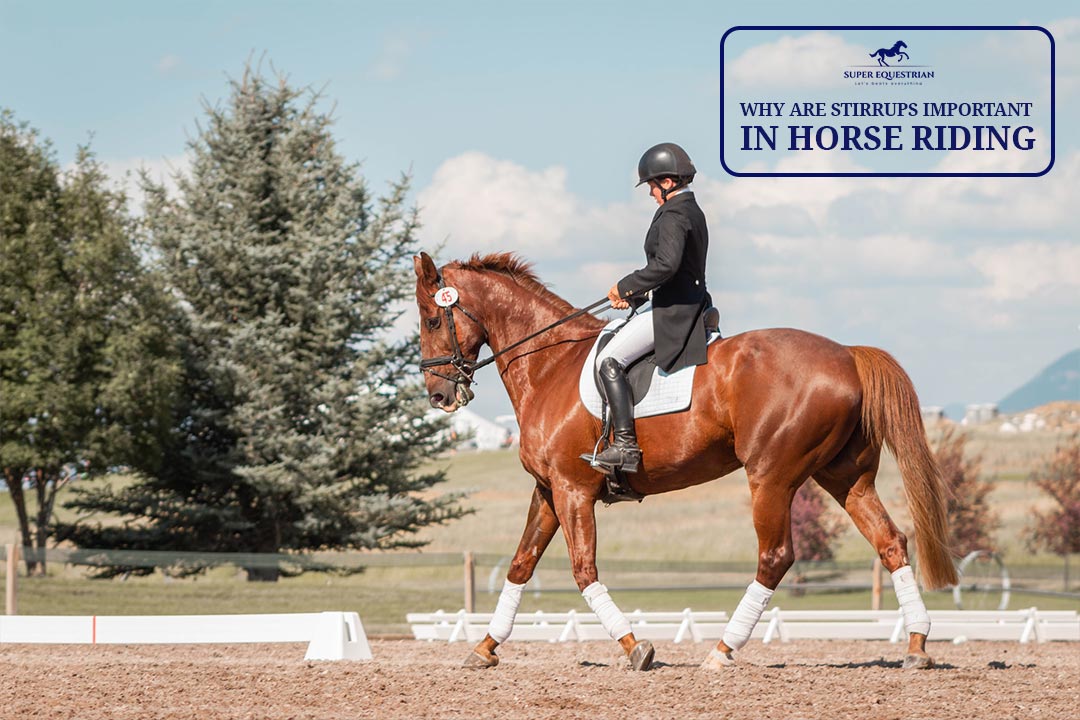
Why are Stirrups Important in ...
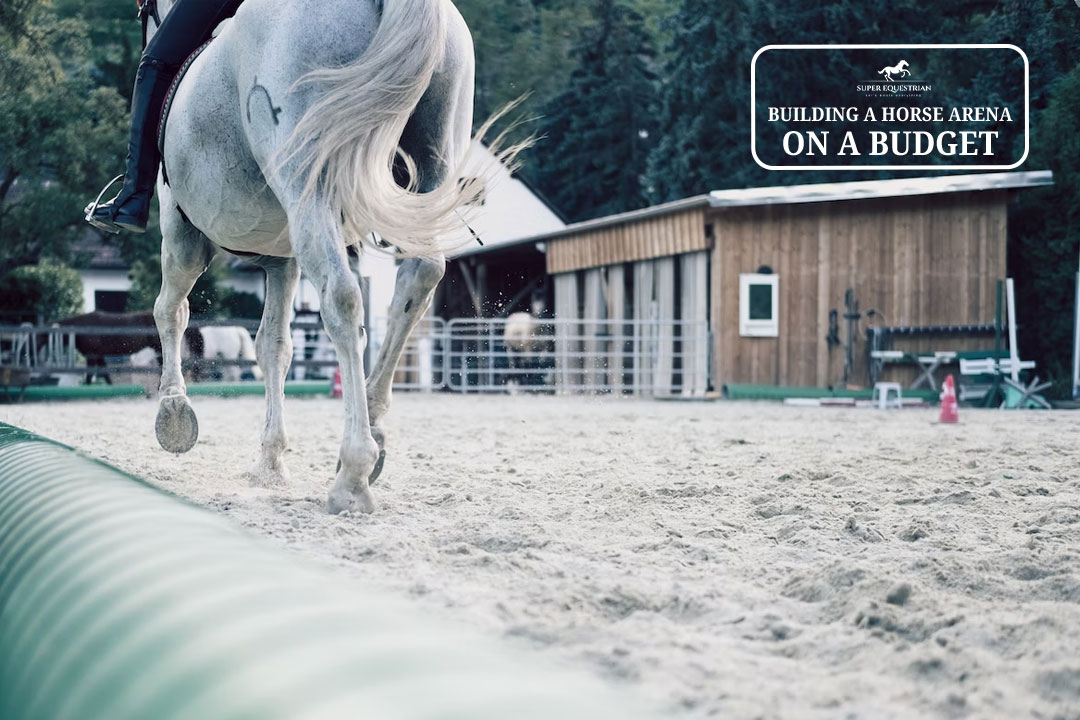
Building a Horse Arena on ...

How to Make Horse Treats ...

Order of Grooming a Horse...

Horse Riding Lessons Plan: The ...

Horse Trailer Roof Replacement and ...
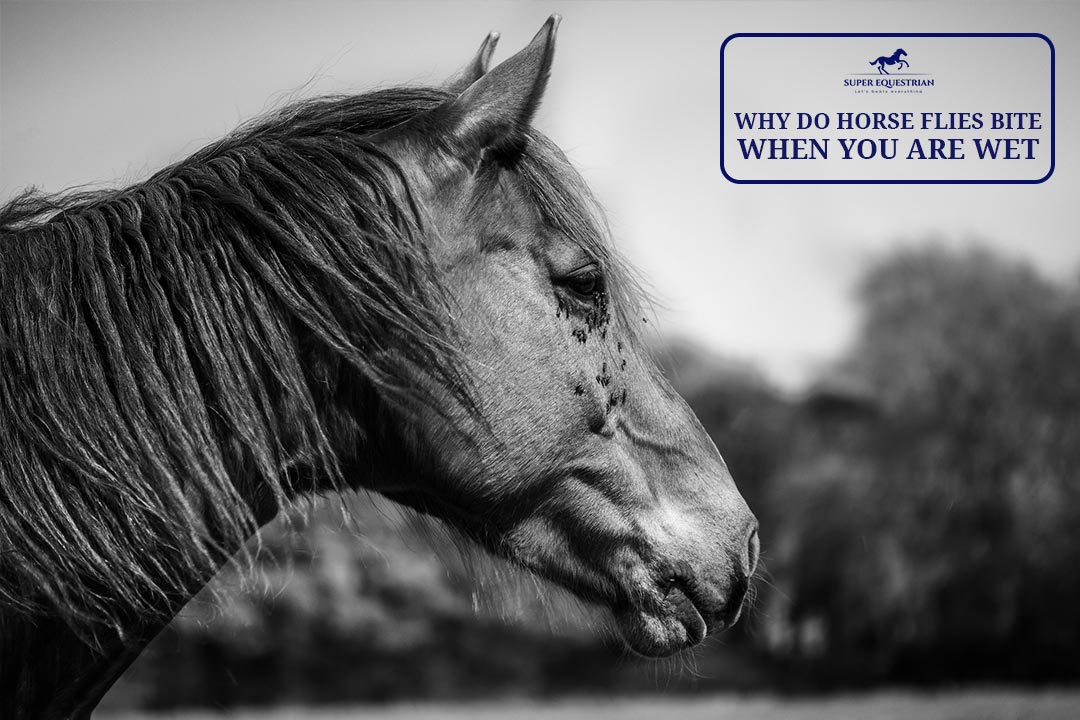
Why Do Horse Flies Bite ...
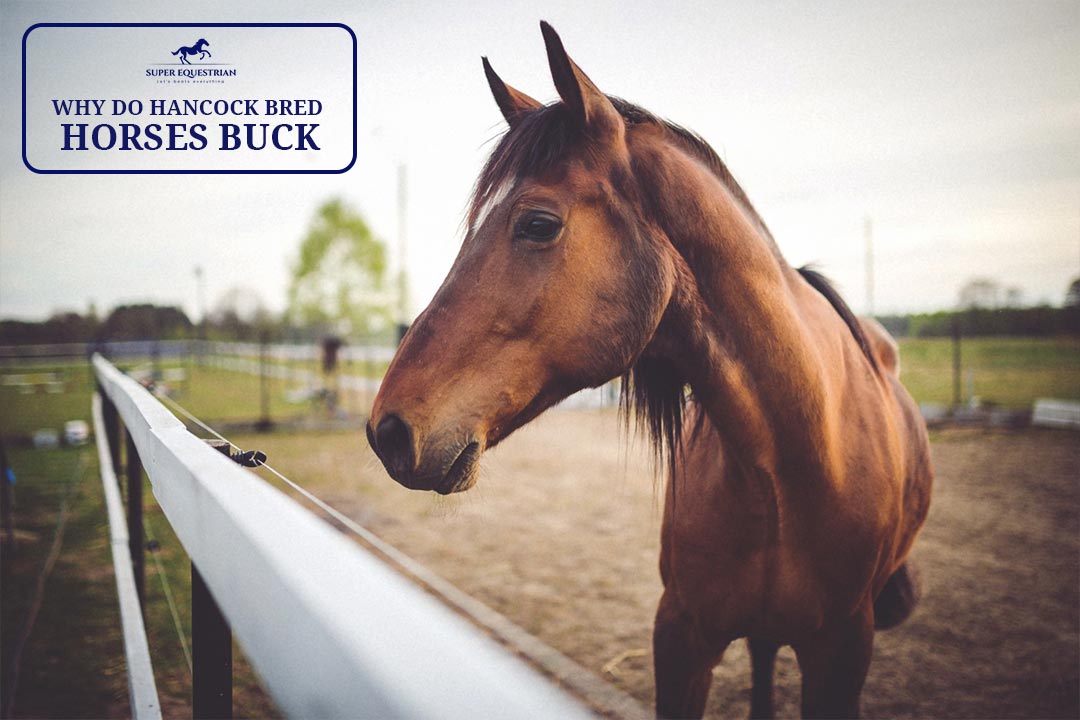
Why Do Hancock Bred Horses ...

Quarter Horse Bloodlines to Avoid...
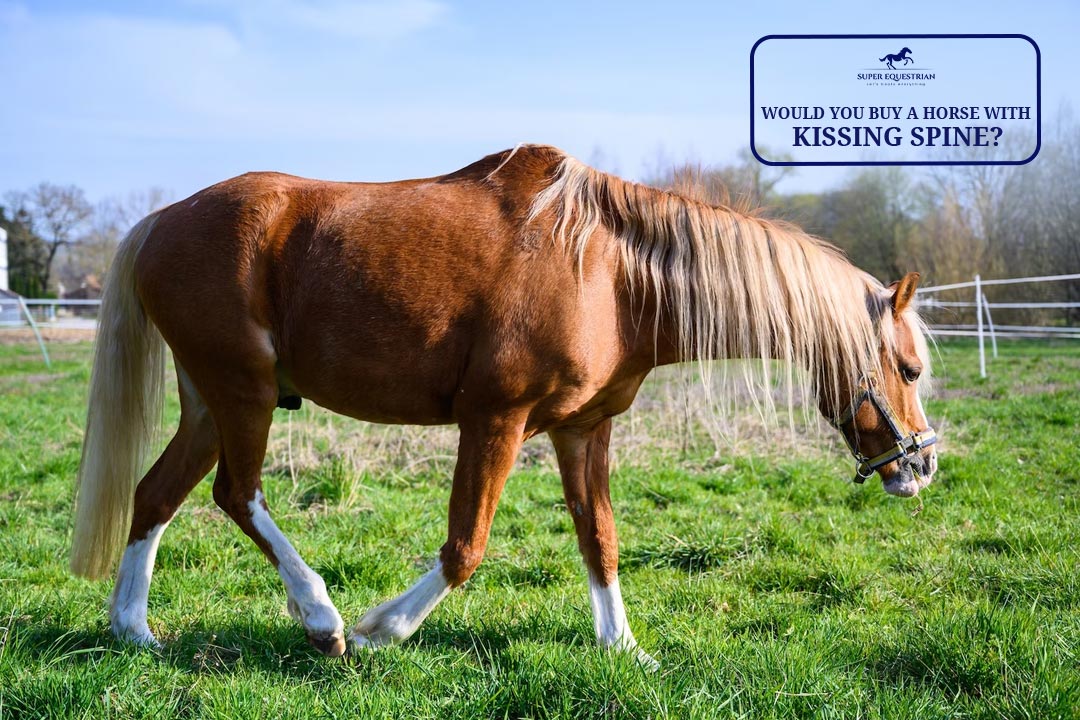
Would You Buy a Horse ...
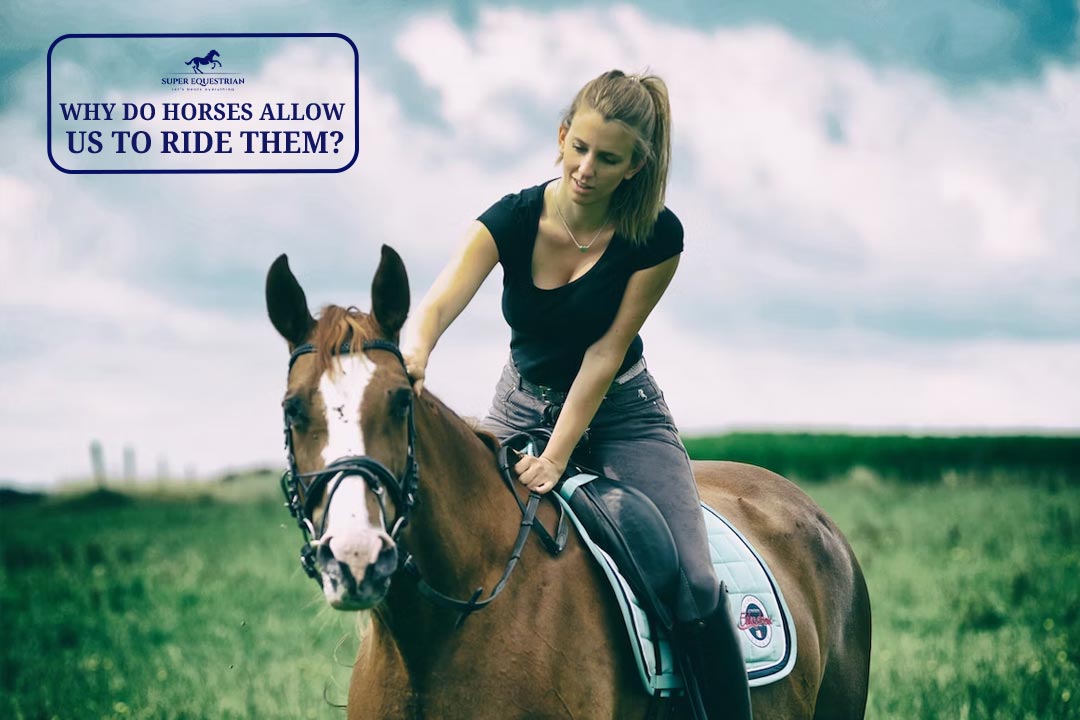
Why Do Horses Allow Us ...
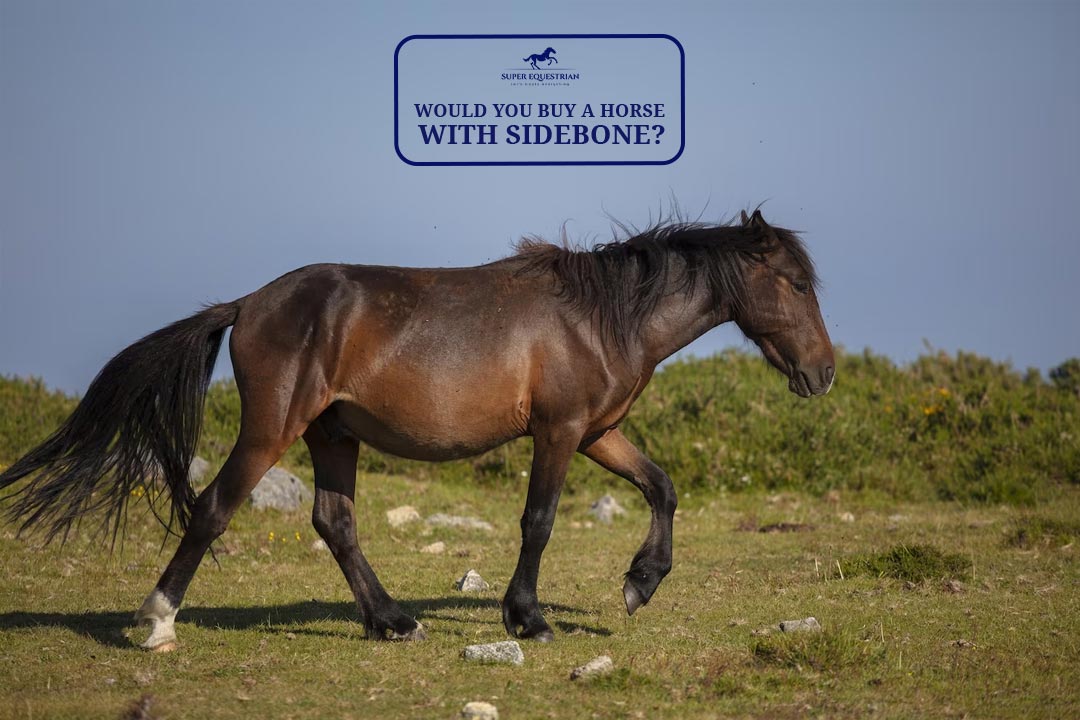
Would you buy a horse ...

Why Are Klapper Bits So ...
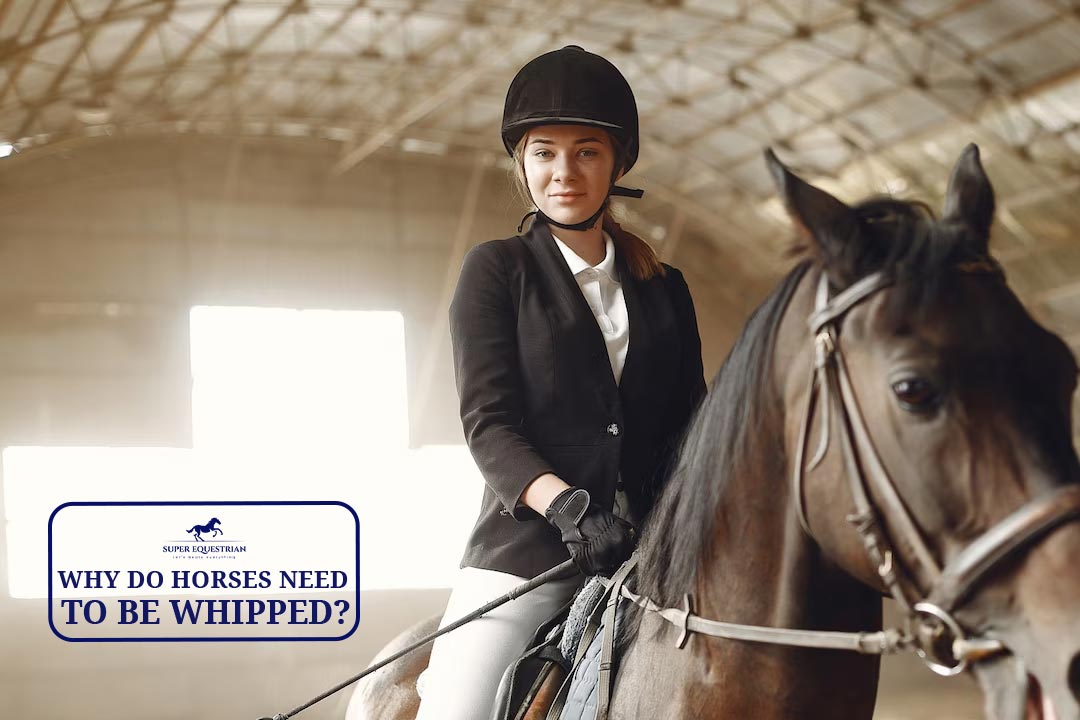
Why do horses need to ...

Why do you mount a ...
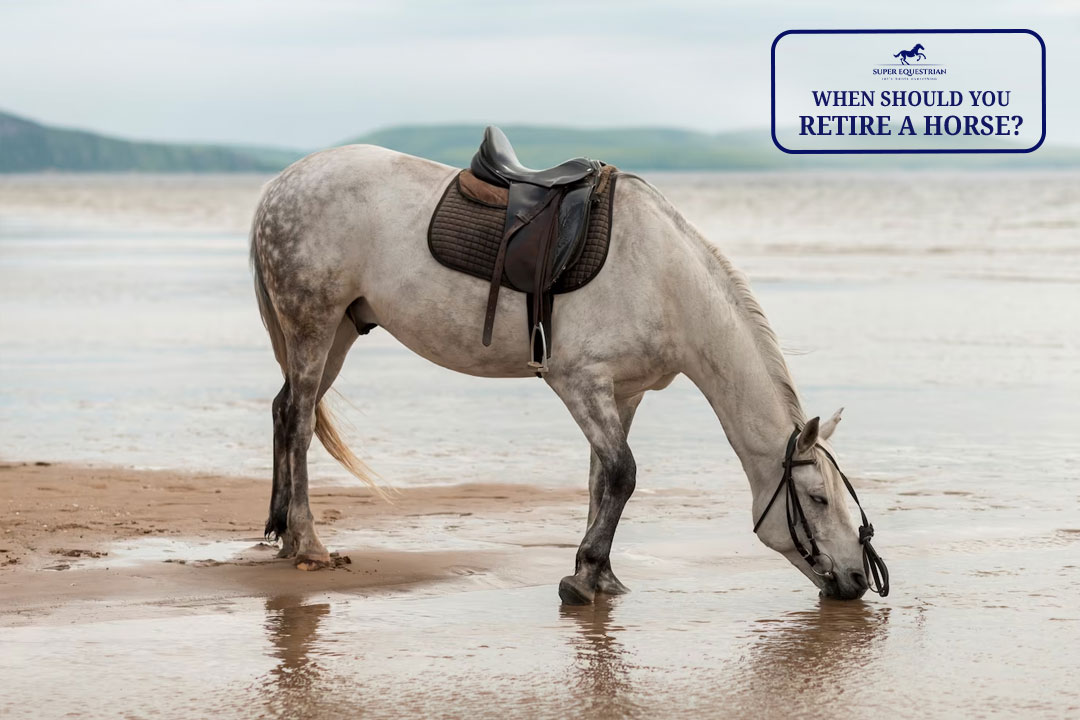
When Should You Retire A ...
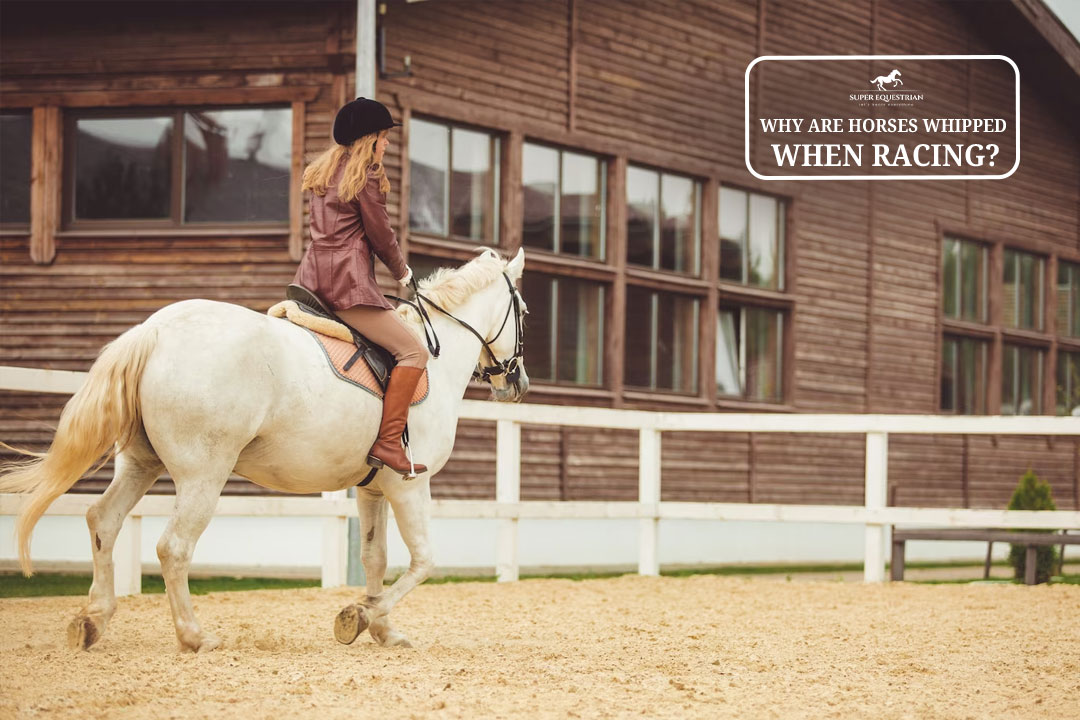
Why Are Horses Whipped When ...
.jpg)
Why Do Horses Have A ...
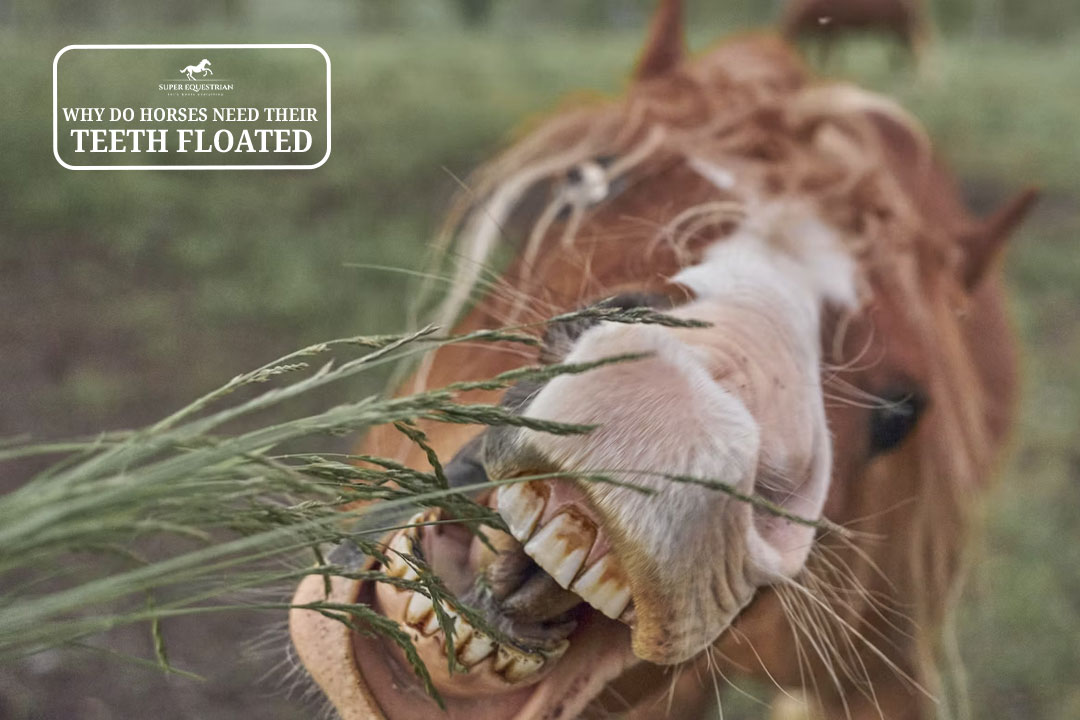
Why Do Horses Need Their ...

What To Do If Horse ...

What To Do If A ...
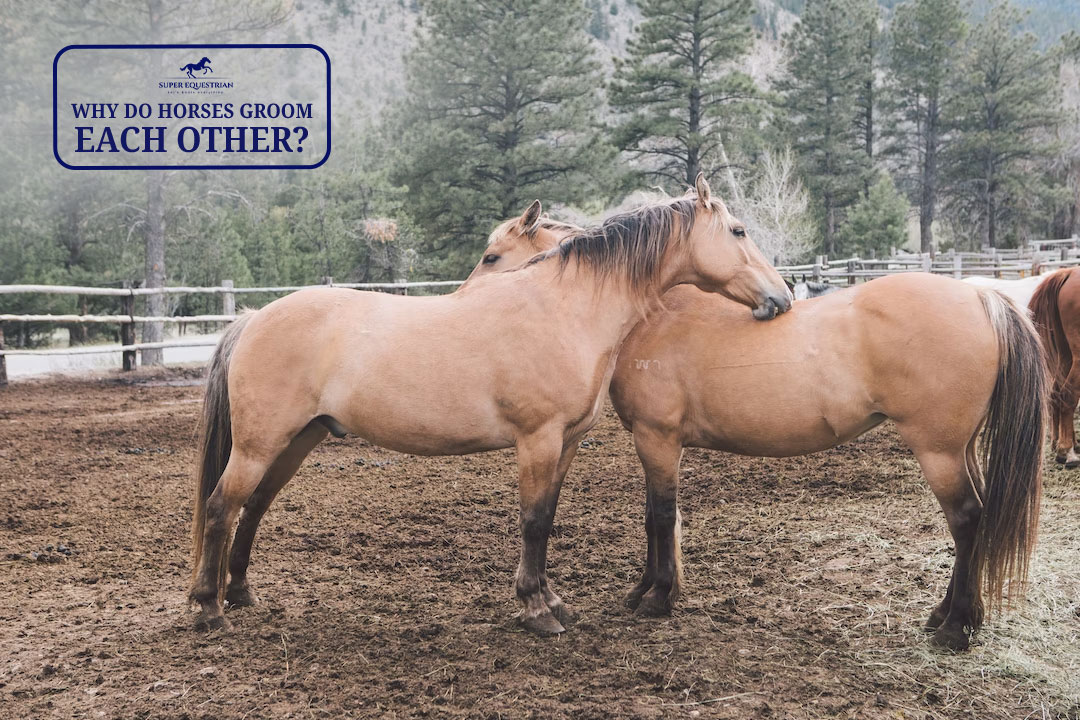
Why do horses groom each ...
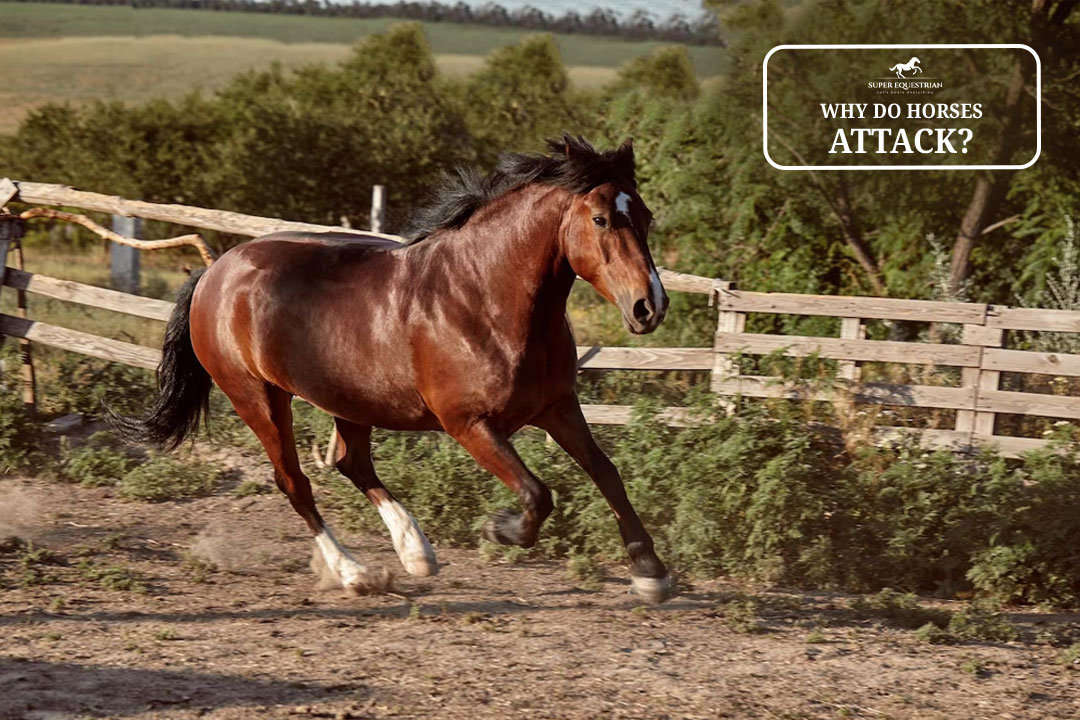
Why do horses attack...

Should I Use a Martingale ...

How to fit bell boots ...
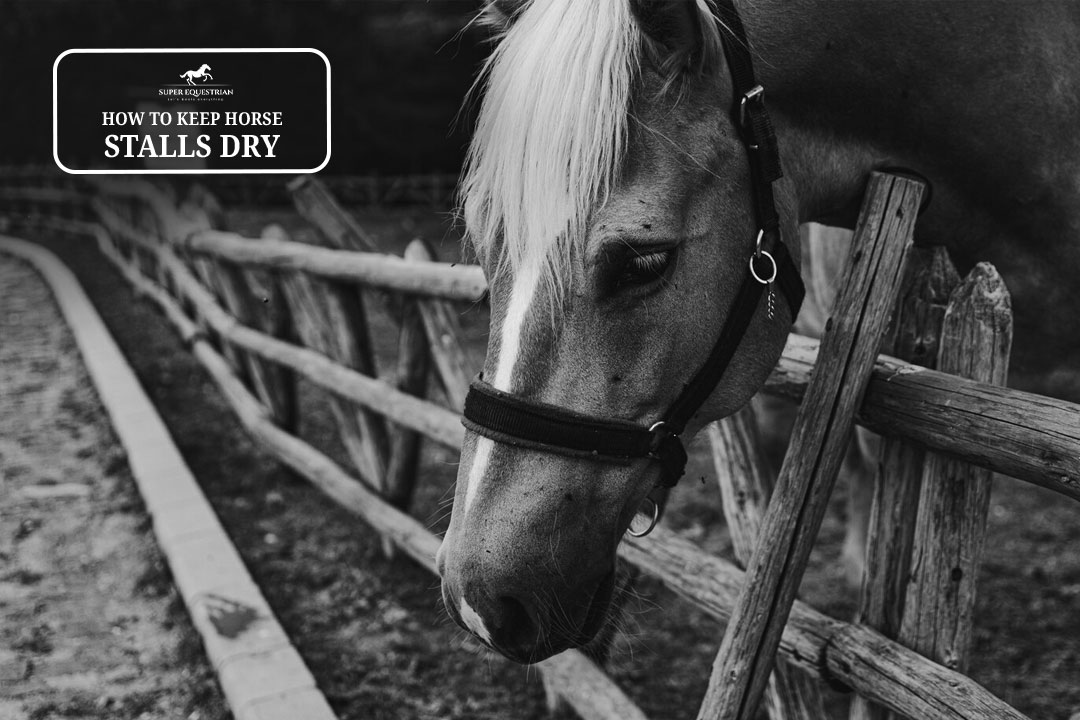
How To Keep Horse Stalls ...
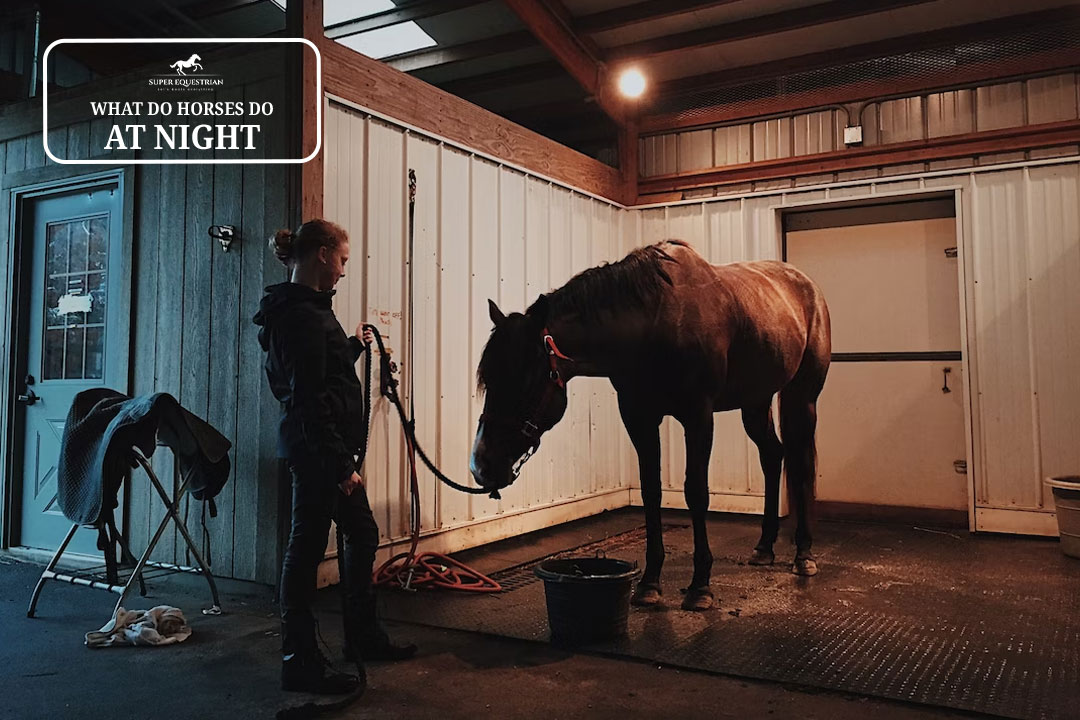
What Do Horses Do At ...
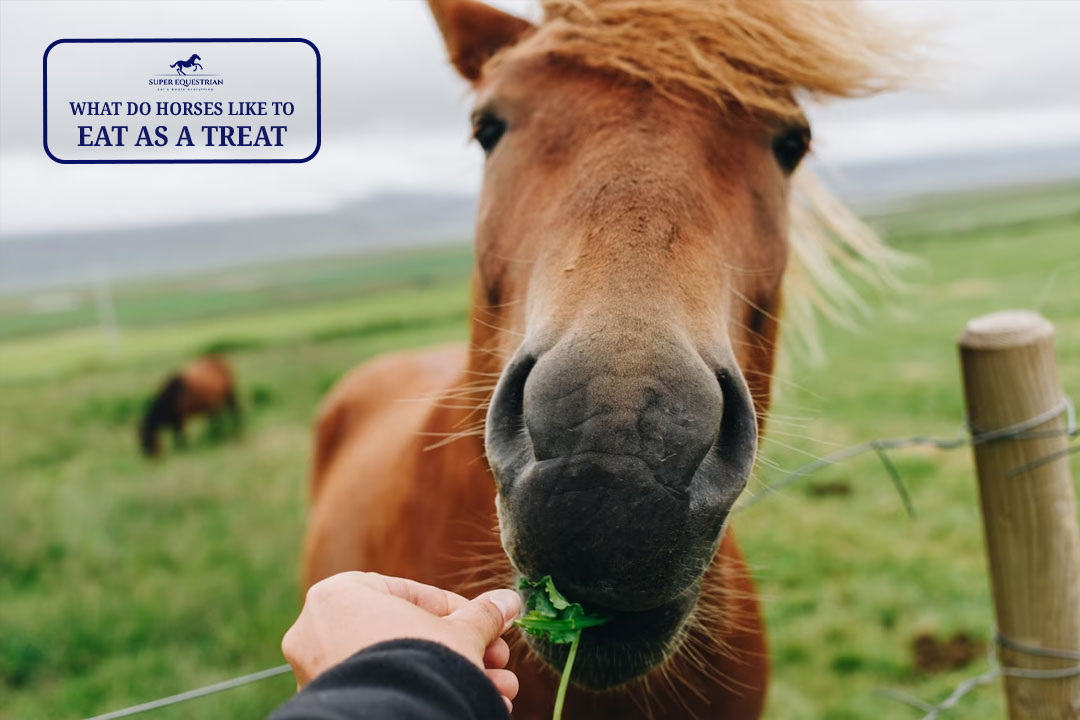
What do horses like to ...

Why do wild horses get ...
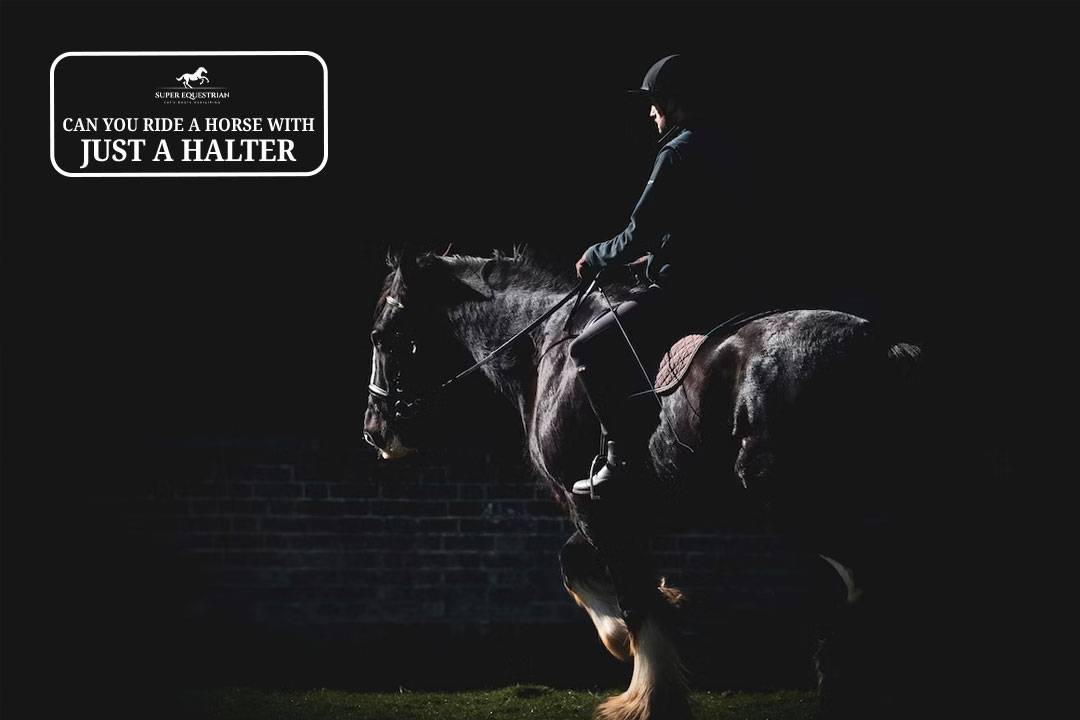
Can you ride a horse ...
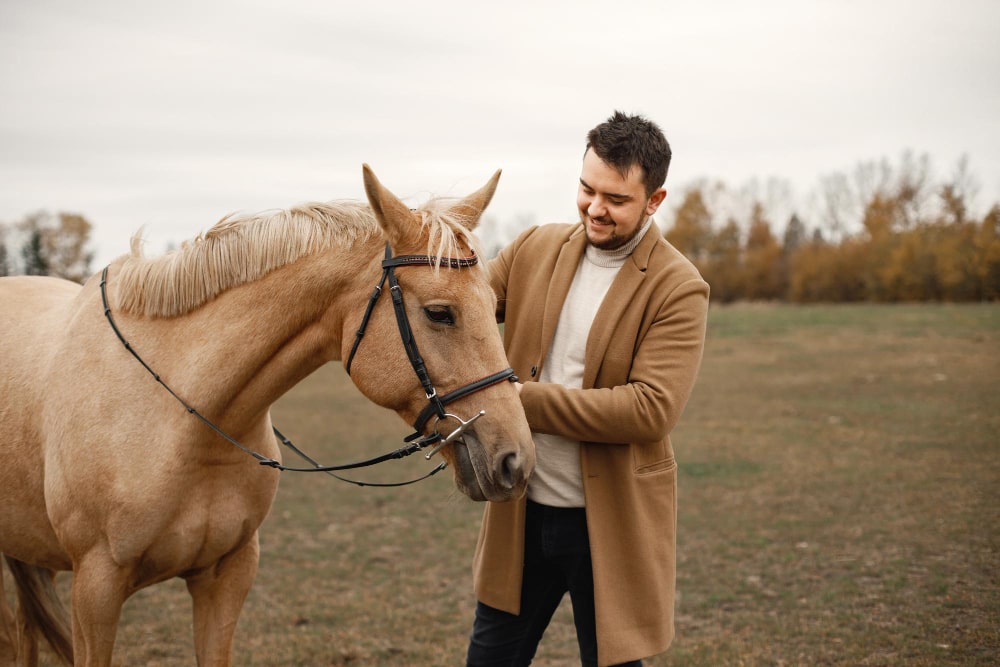
Are horses protective of their ...
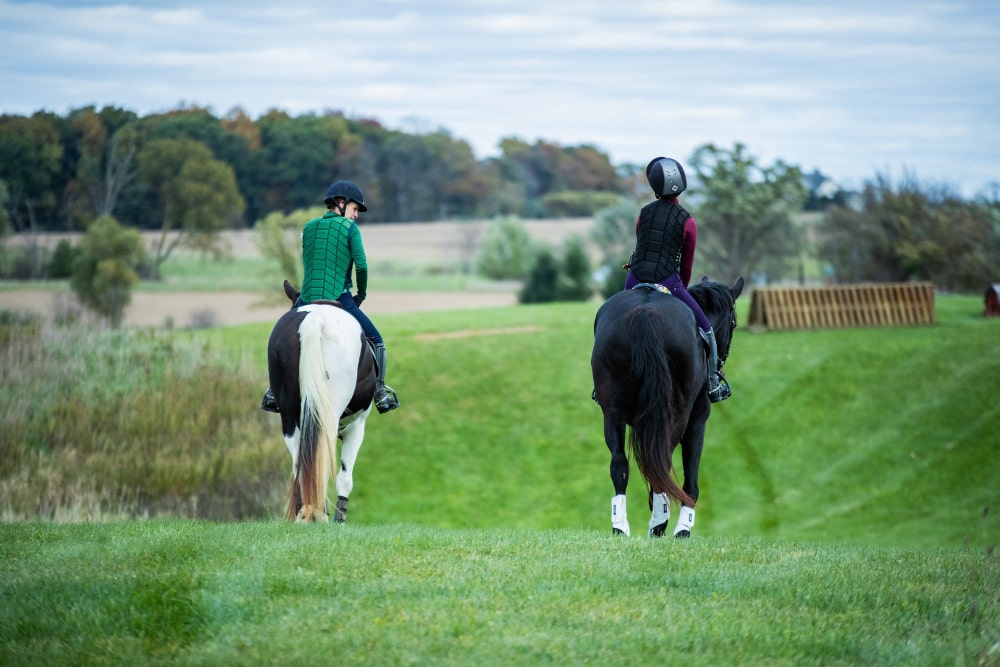
Why racking horses are popular ...
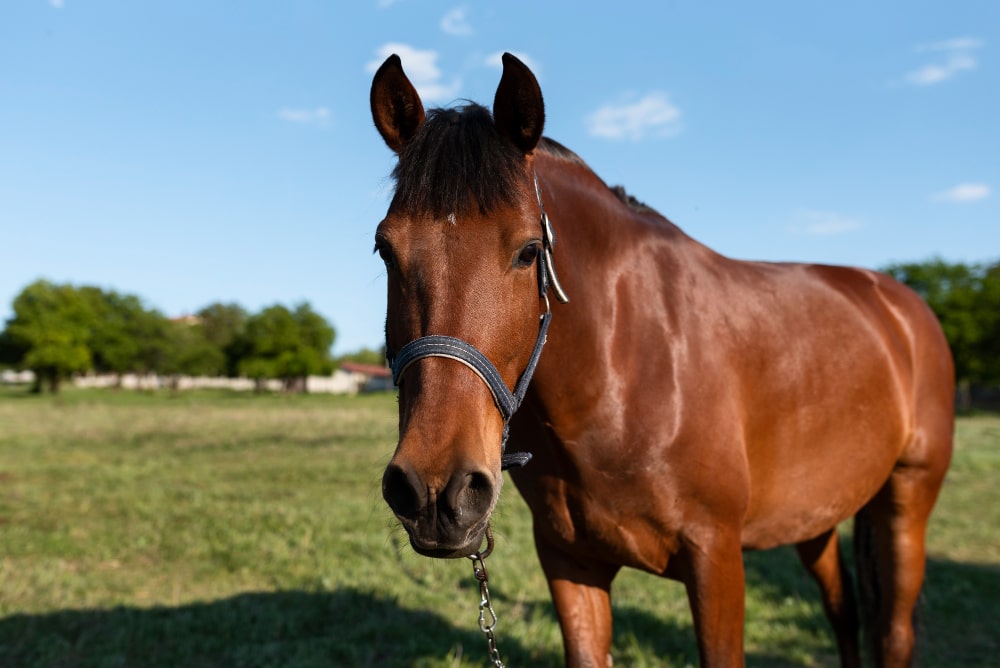
How To Keep Horses Off ...
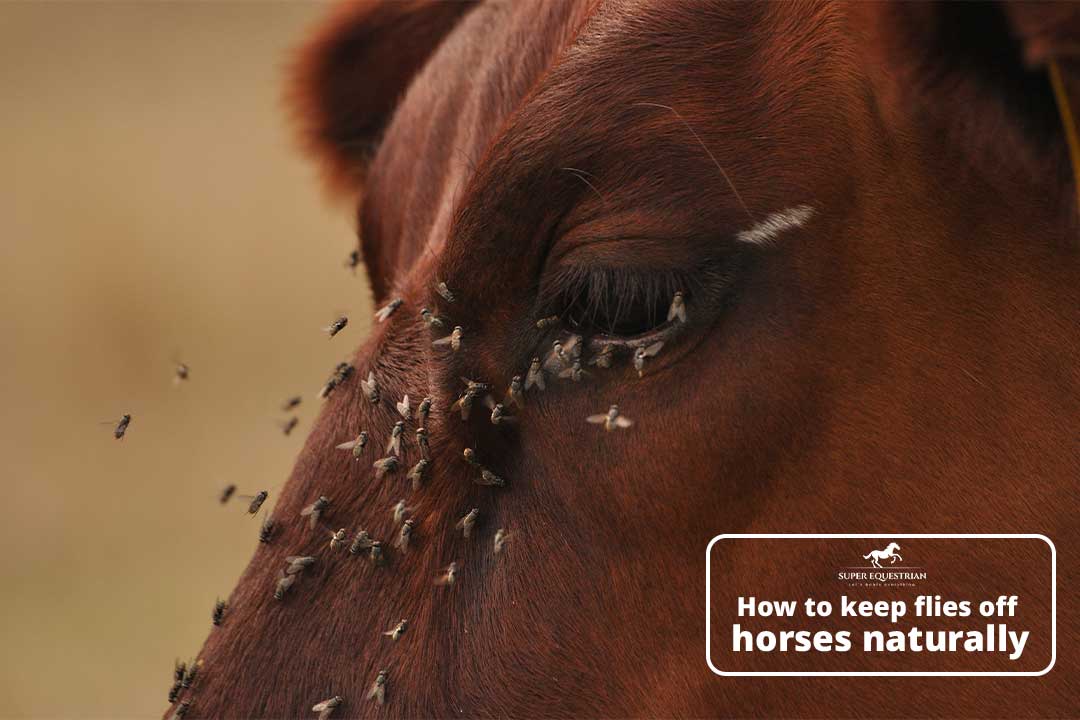
How to Keep Flies Off ...
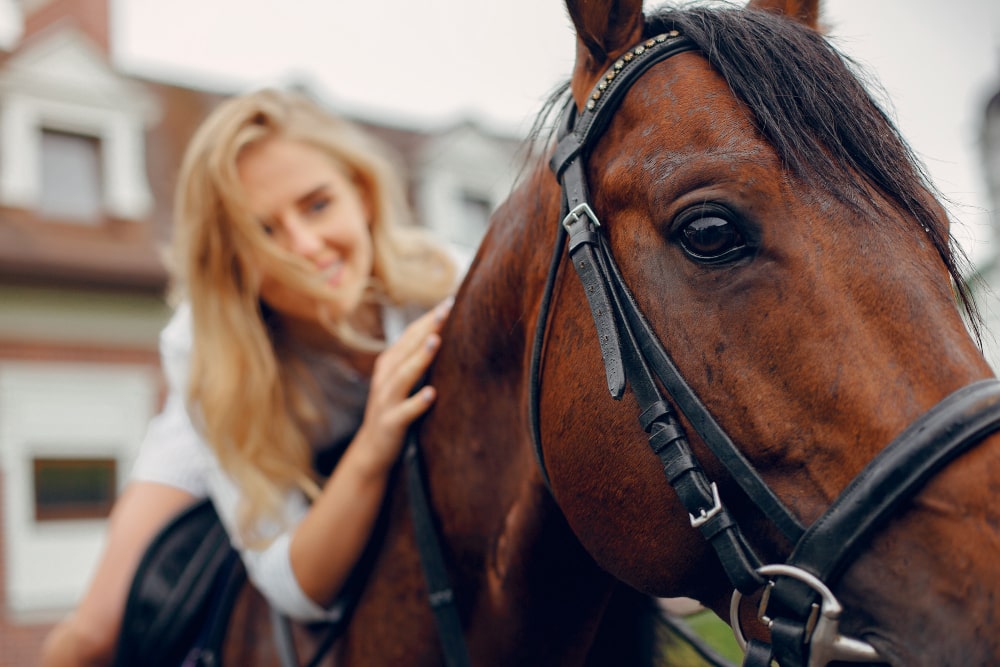
Pros and Cons Using A ...
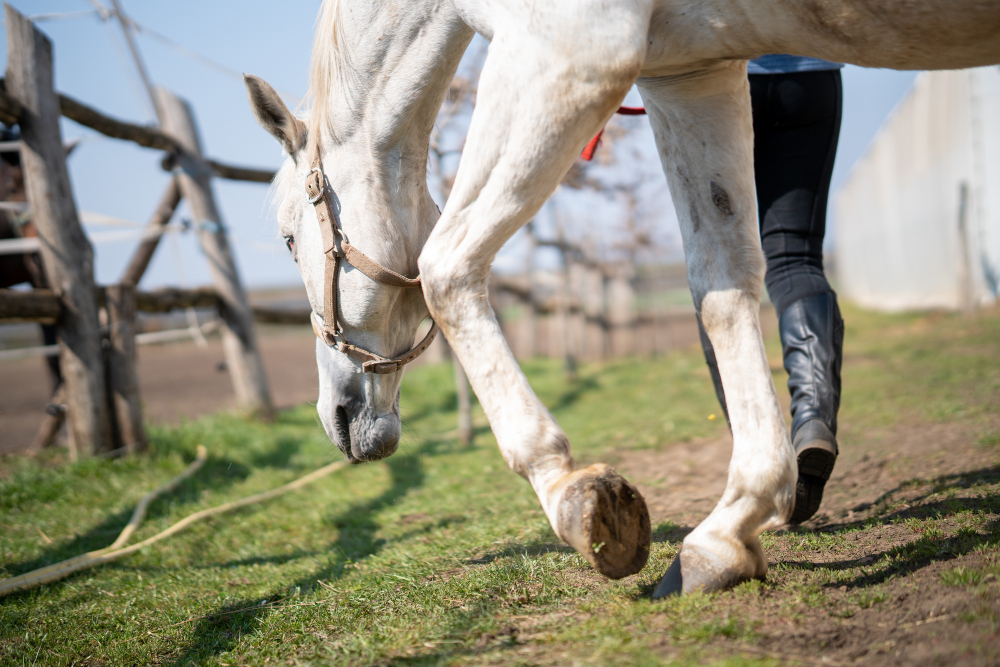
Can you ride a horse ...

Why are Corriente saddles so ...
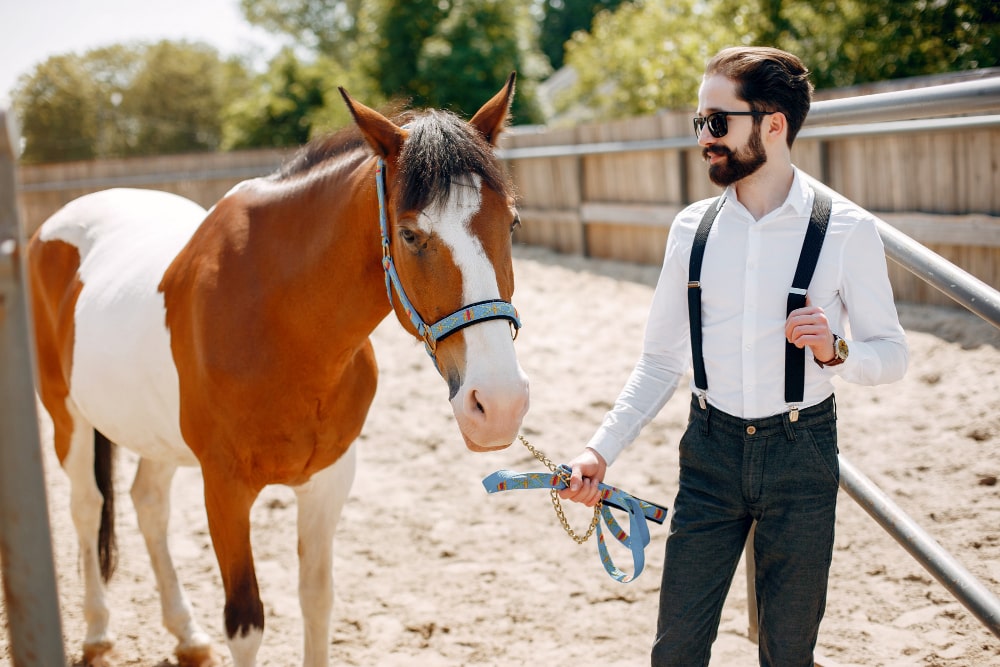
Pros and cons of equine ...
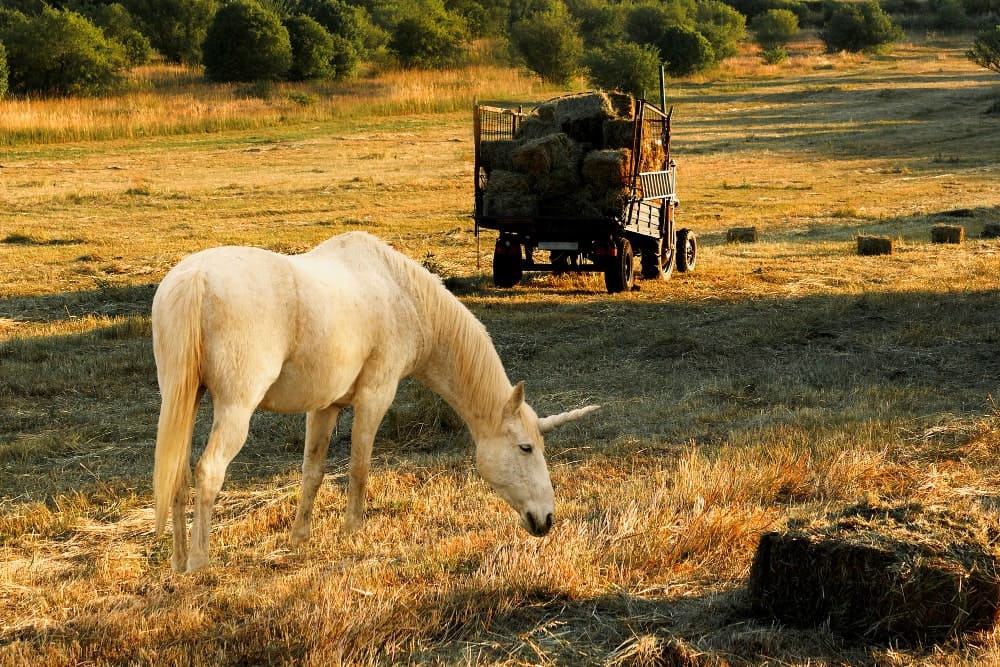
How Long After Mowing Can ...

How to Care for a ...
.jpg)
Why Do Horses Wear Blinders: ...
.jpg)
How to fit an exercise ...

Why is my horse bucking ...
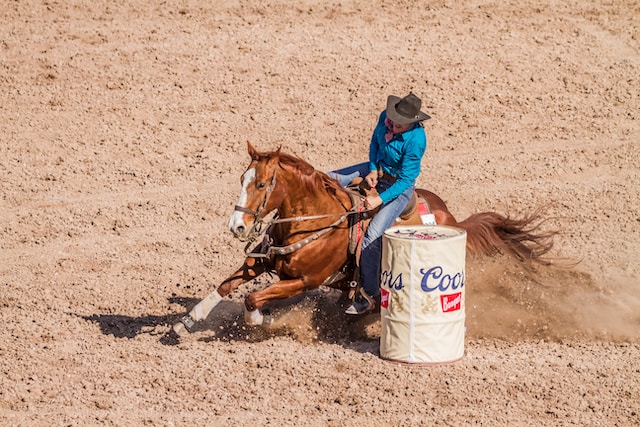
What causes a horse to ...
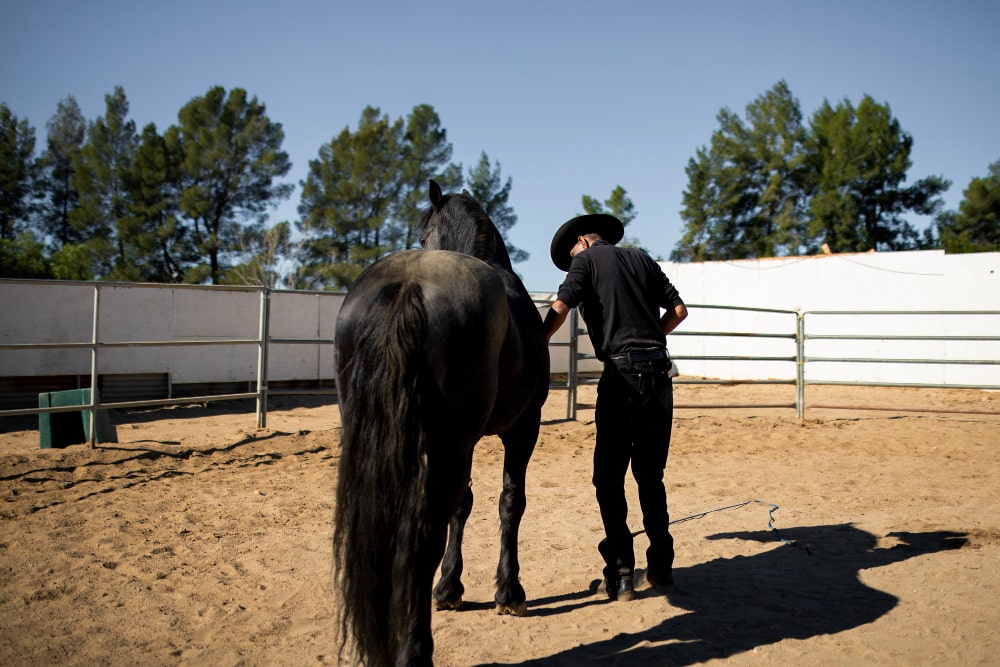
How to Stop a Horse ...
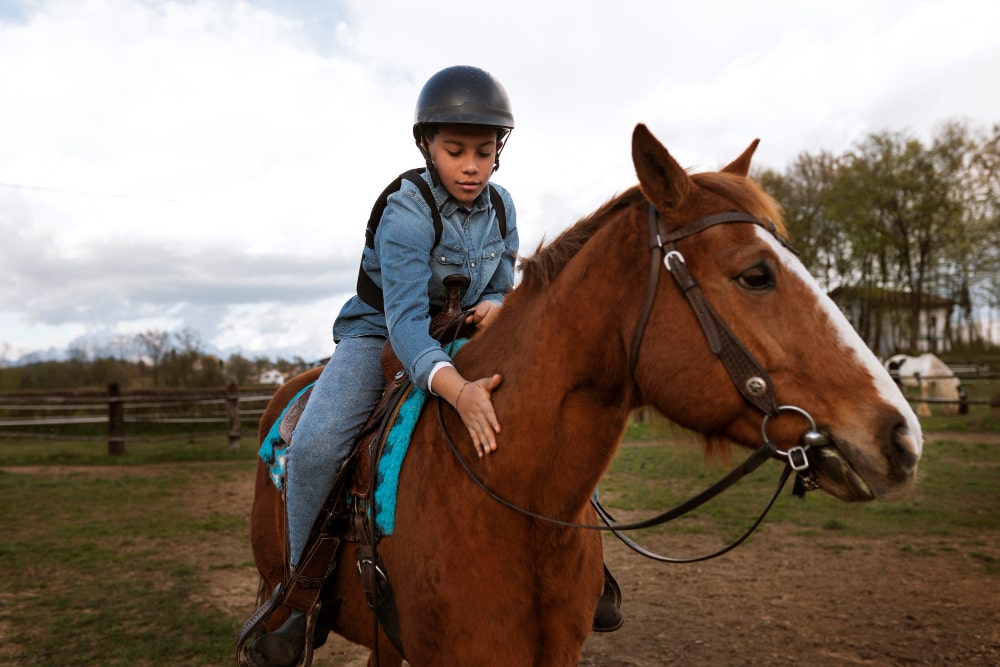
Why Is My Horse Bunny ...
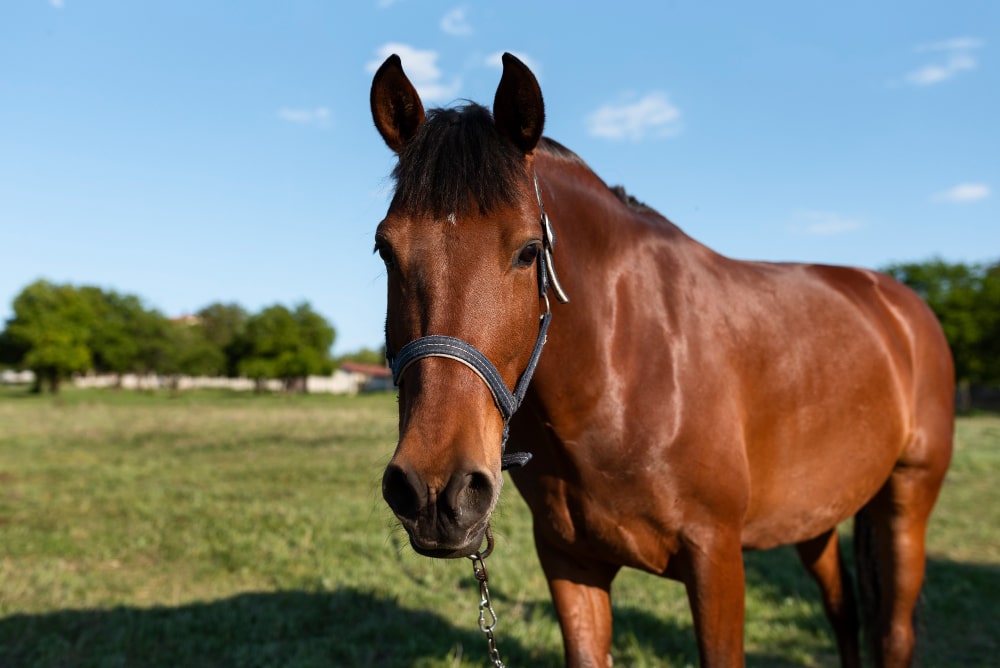
How To Improve Pasture For ...
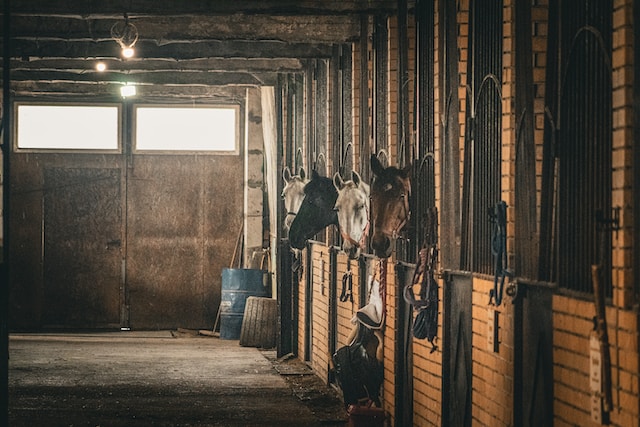
How to get the smell ...

Can you add ramp to ...

What Is The Temperament Of ...
.jpg)
Why Is Friesian Horse Hair ...
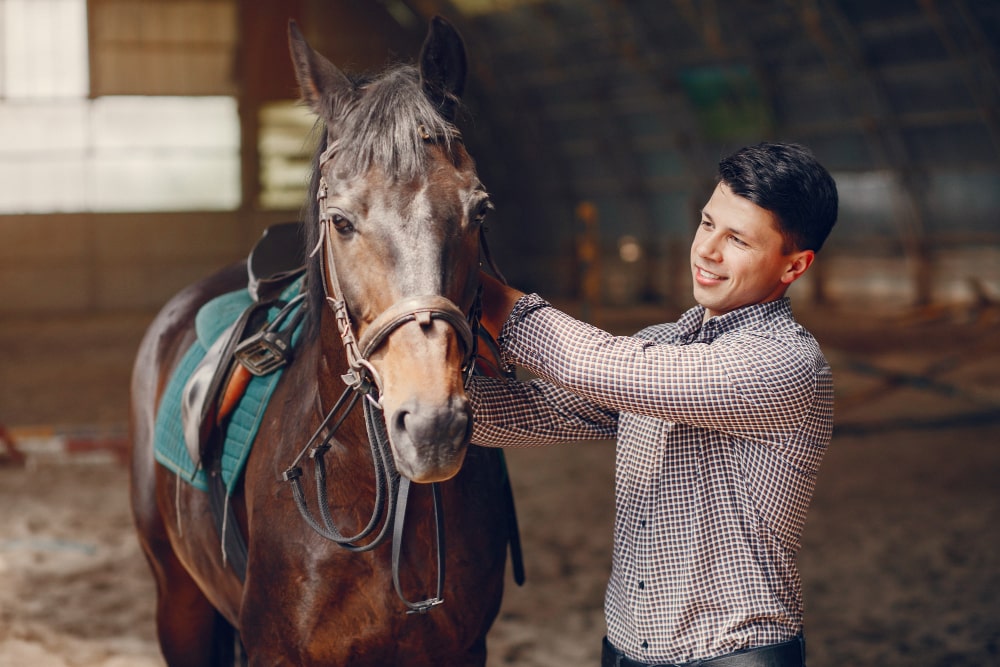
Why is my horse testing ...
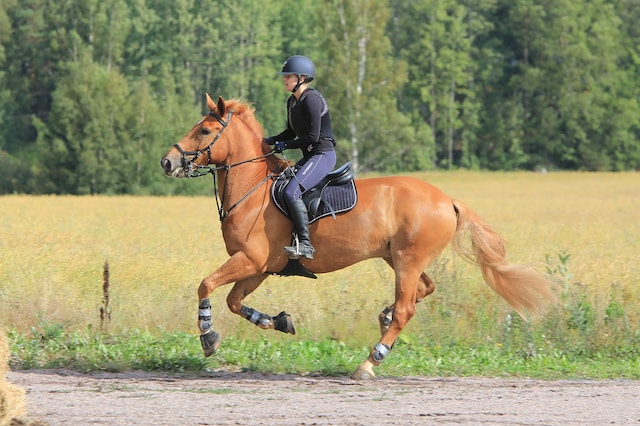
How often you should take ...

How long does it take ...
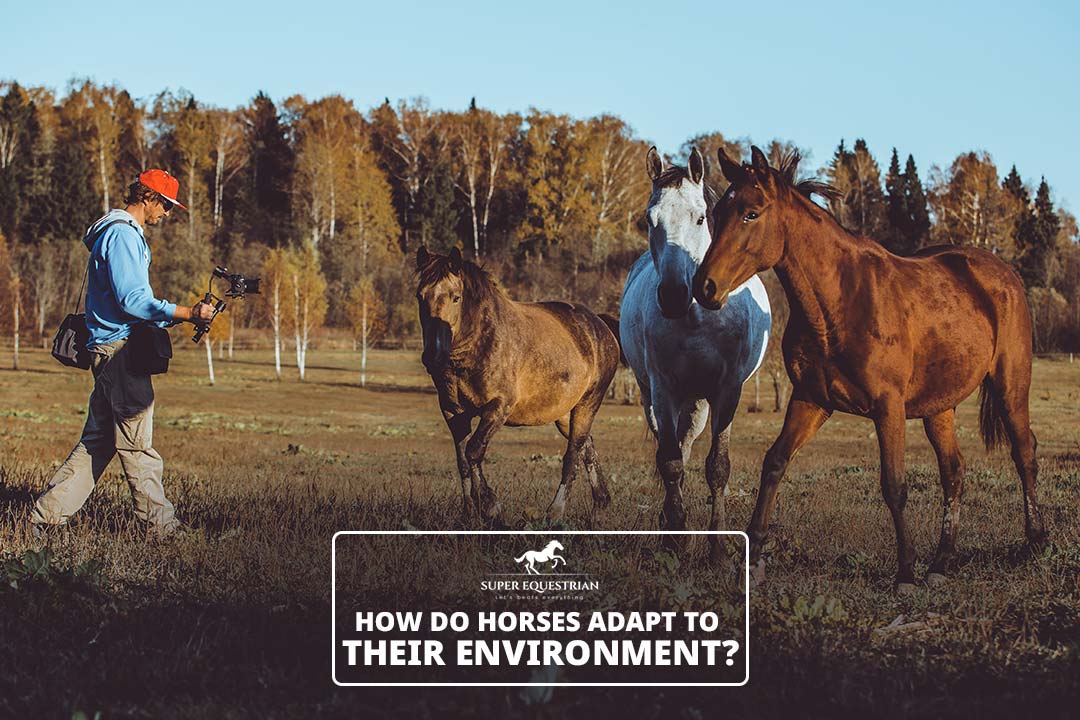
How do horses adapt to ...

How To Prepare For A ...
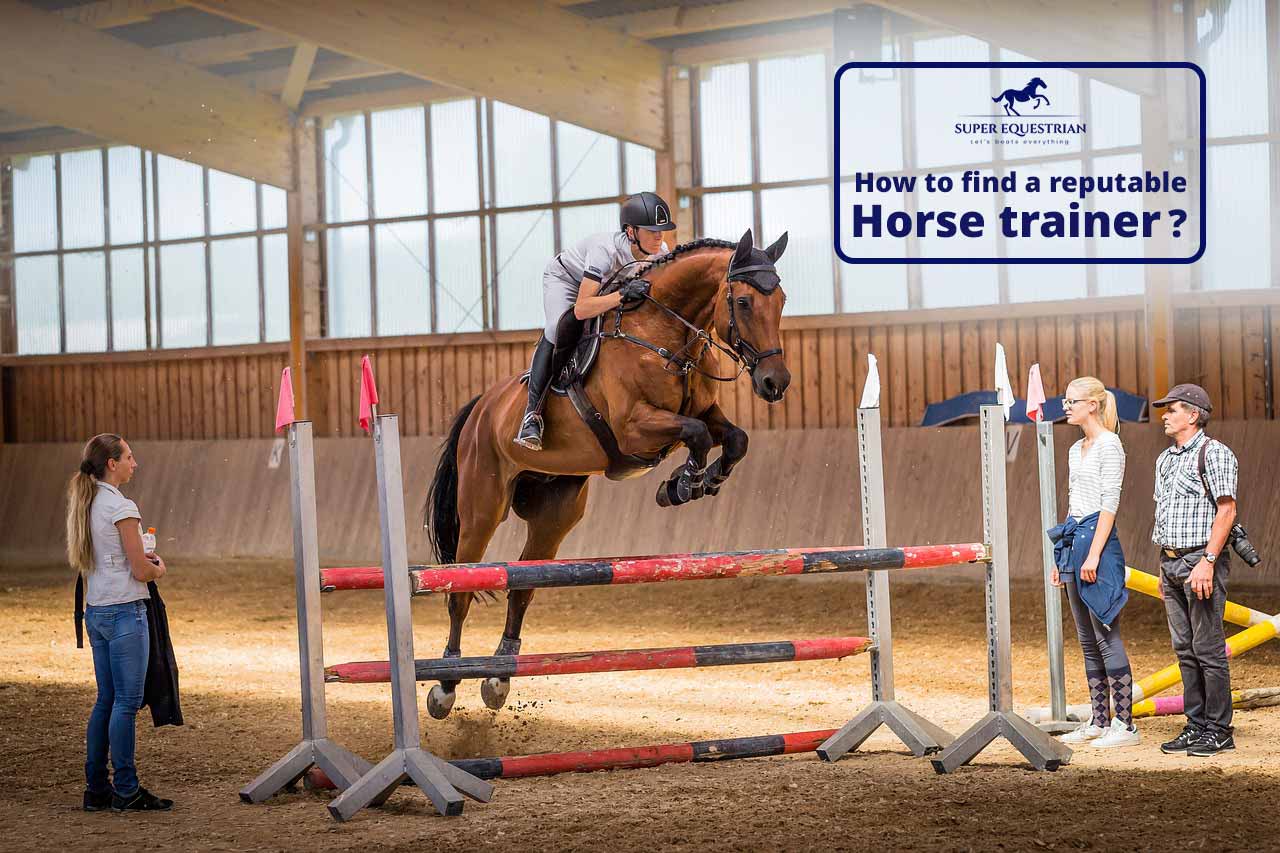
How To Find A Reputable ...
.jpg)
Do Horses Get Medals at ...

How to create a horse-...